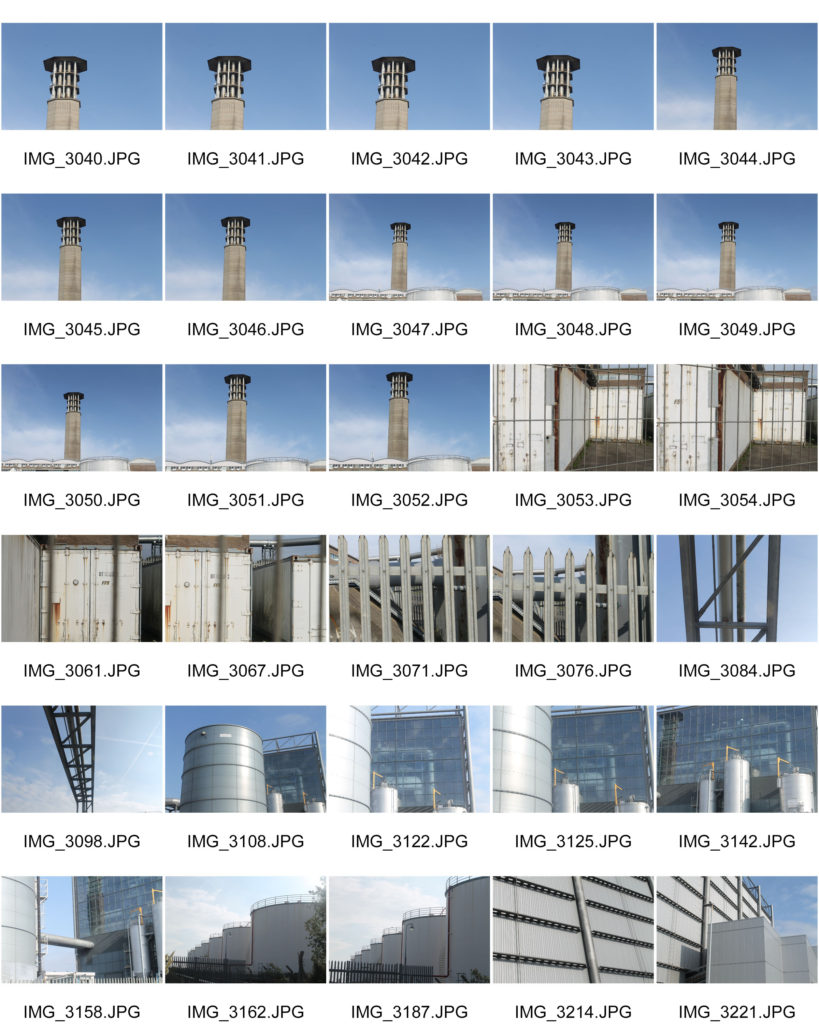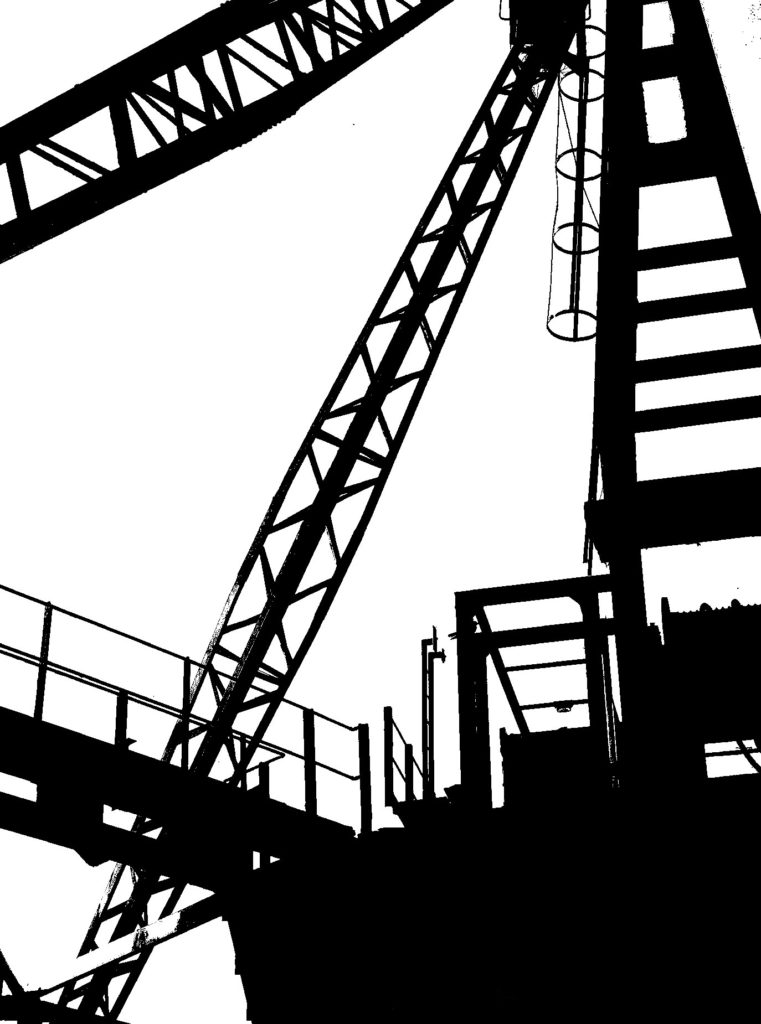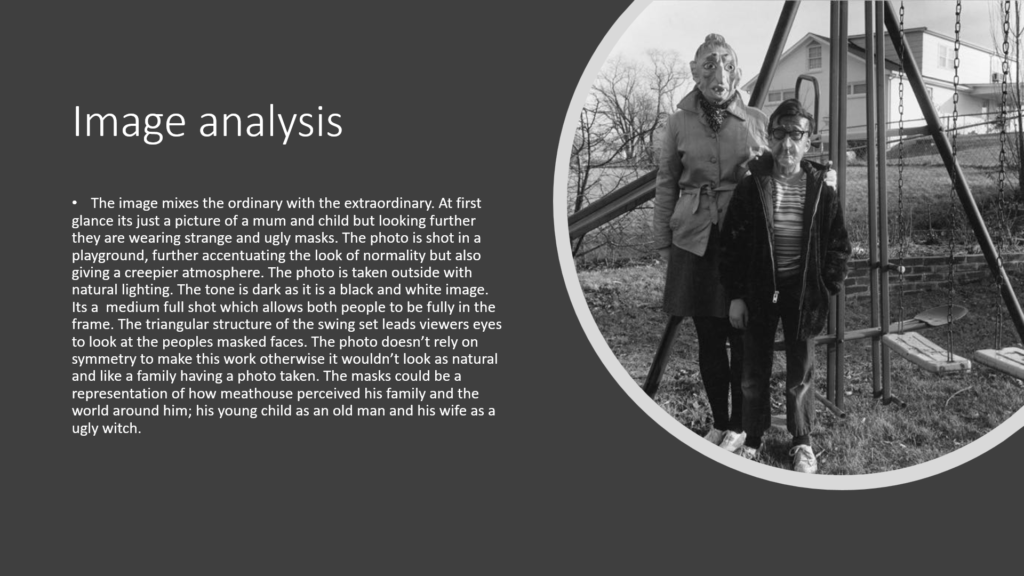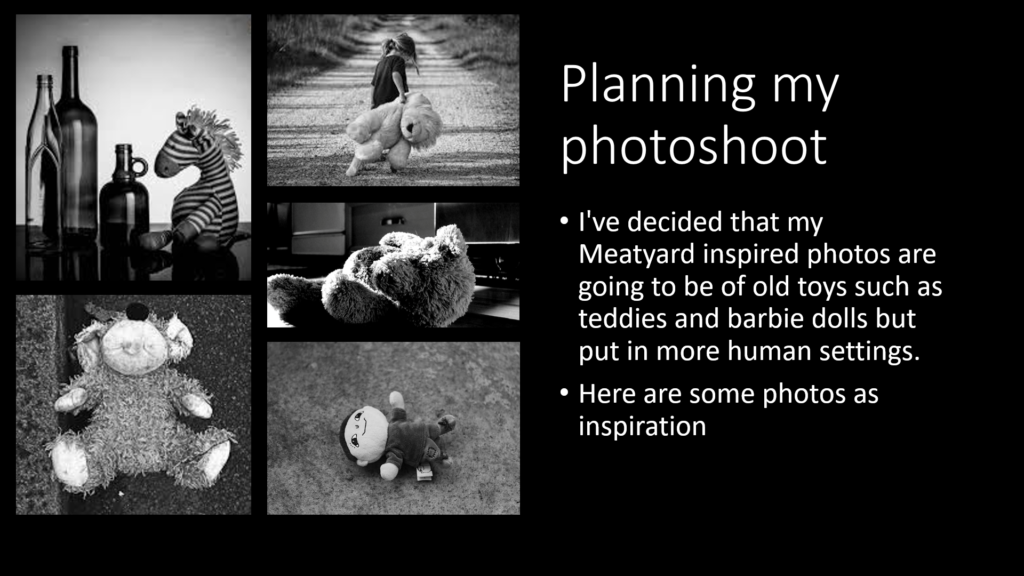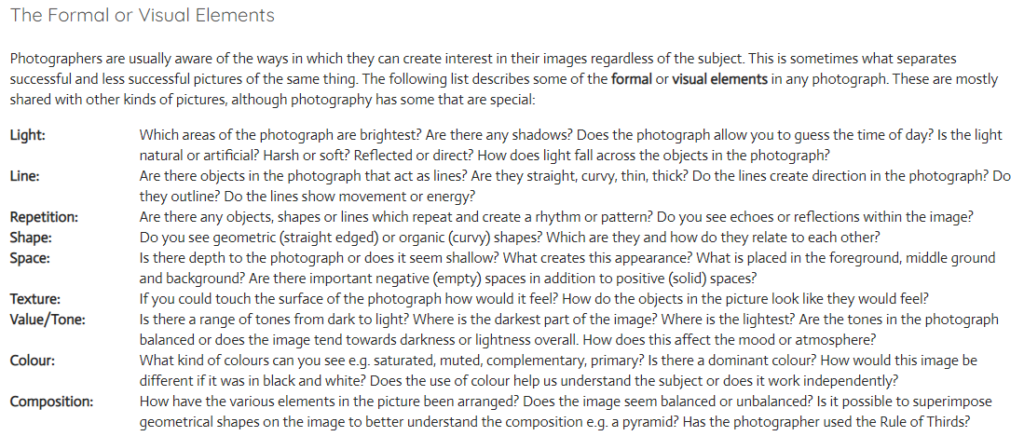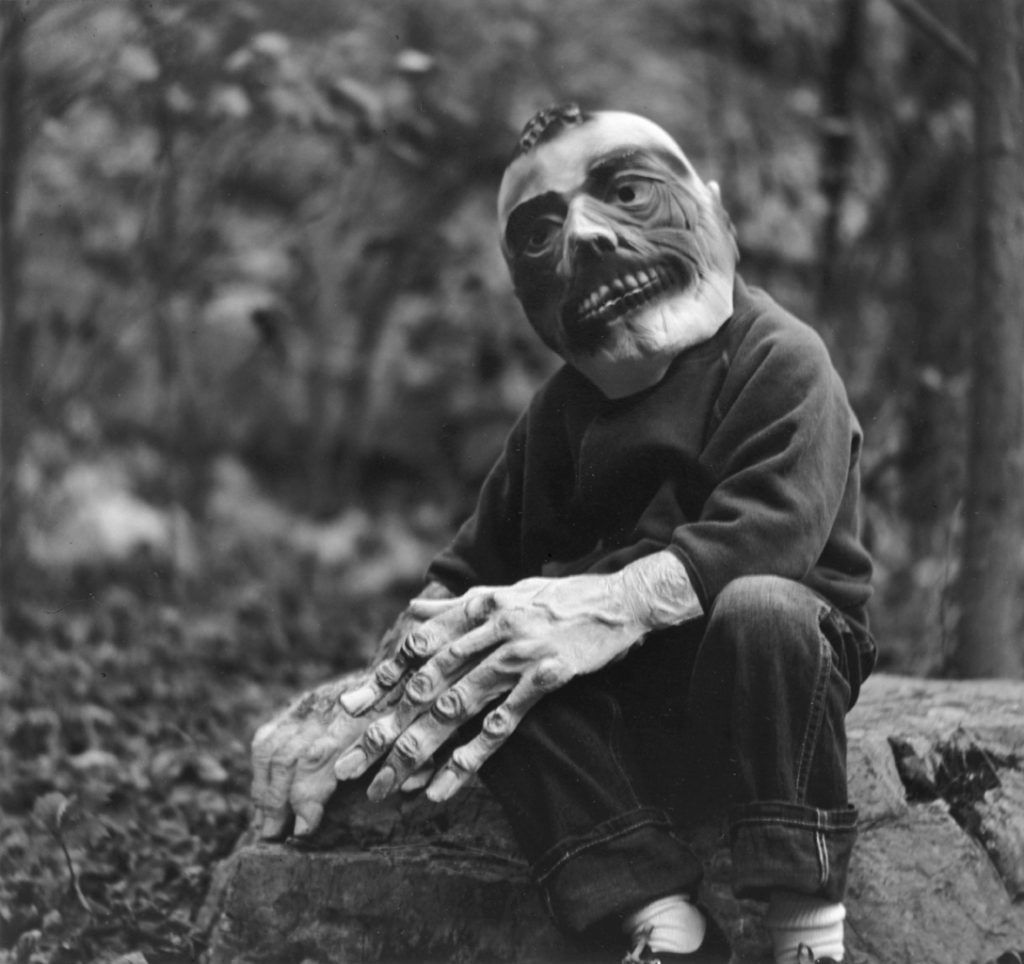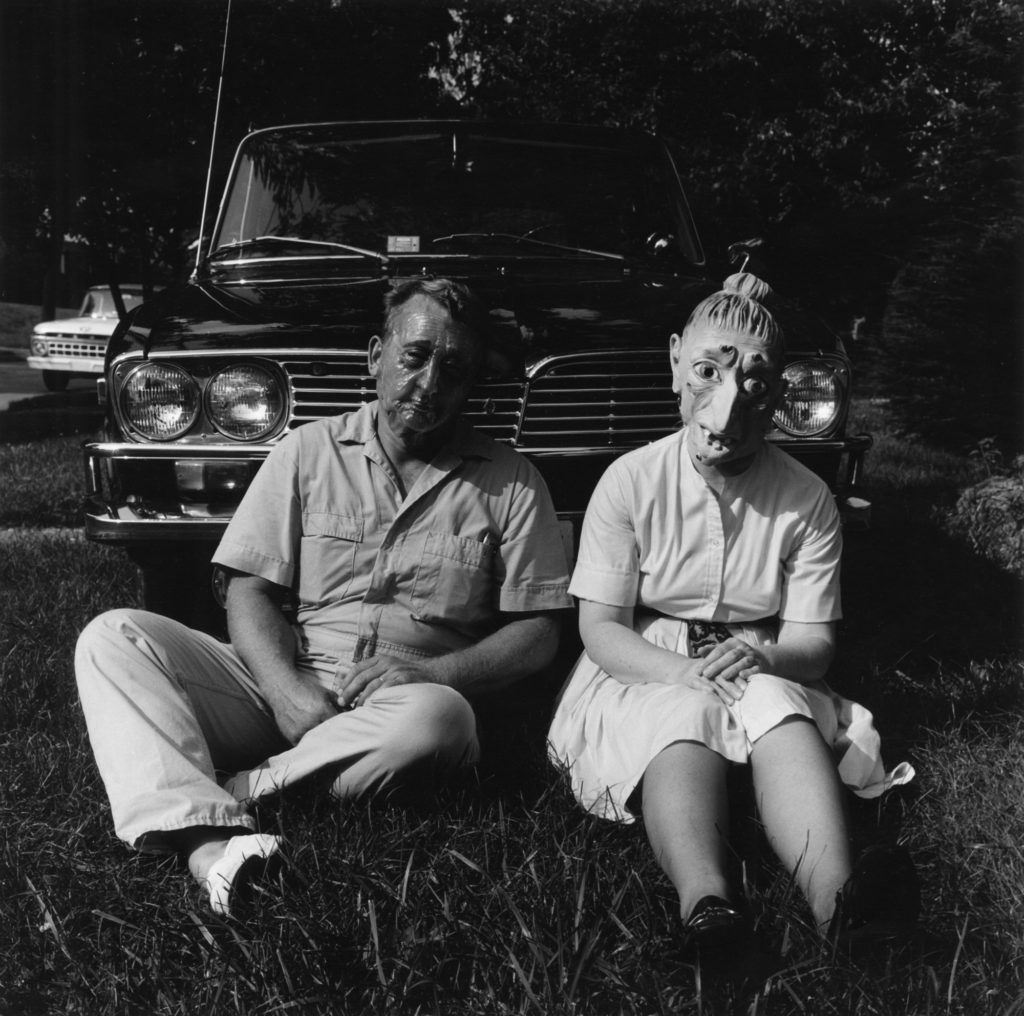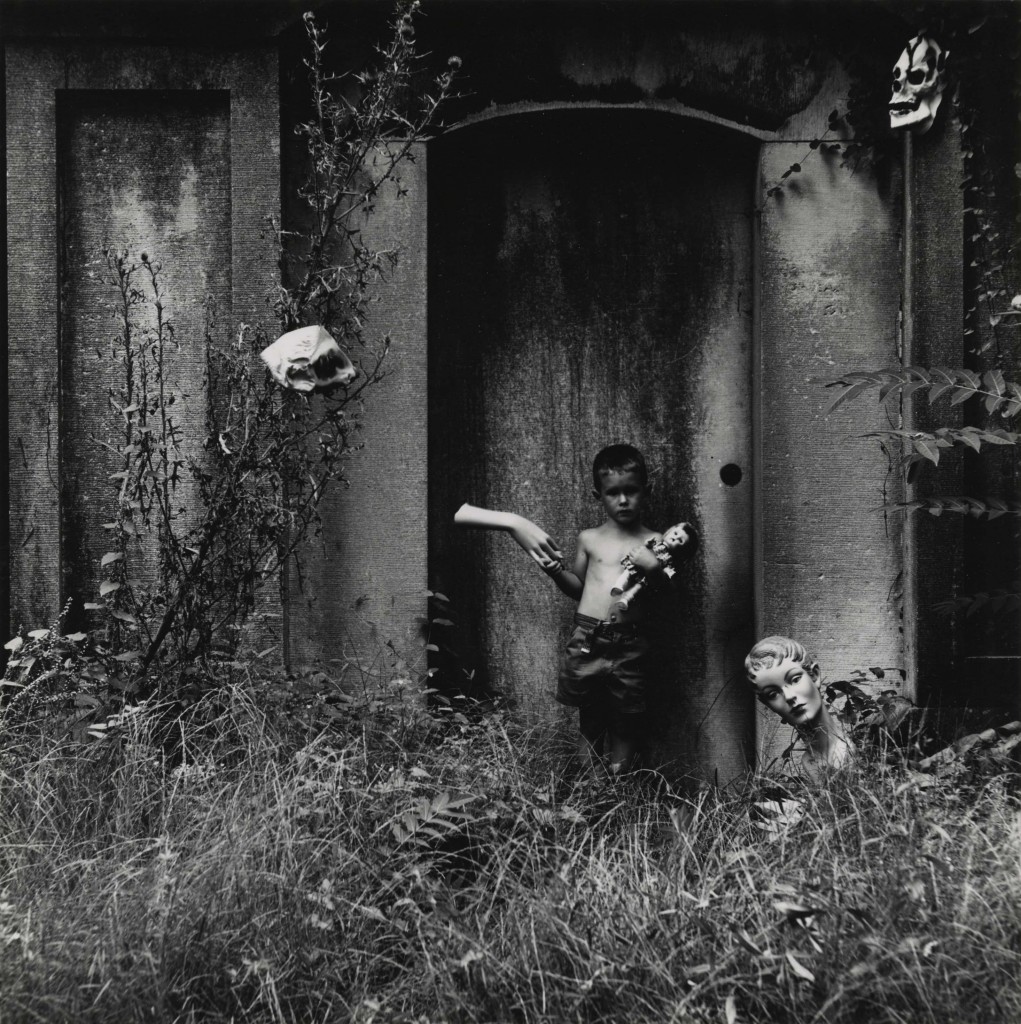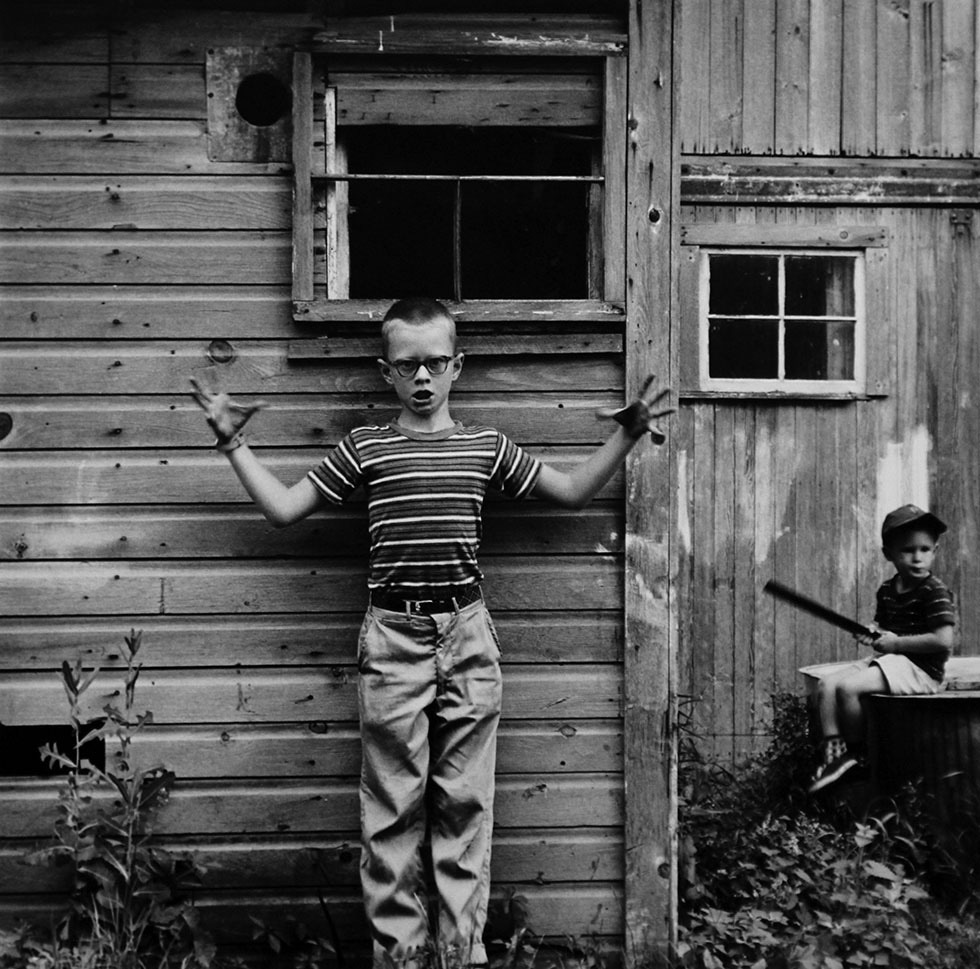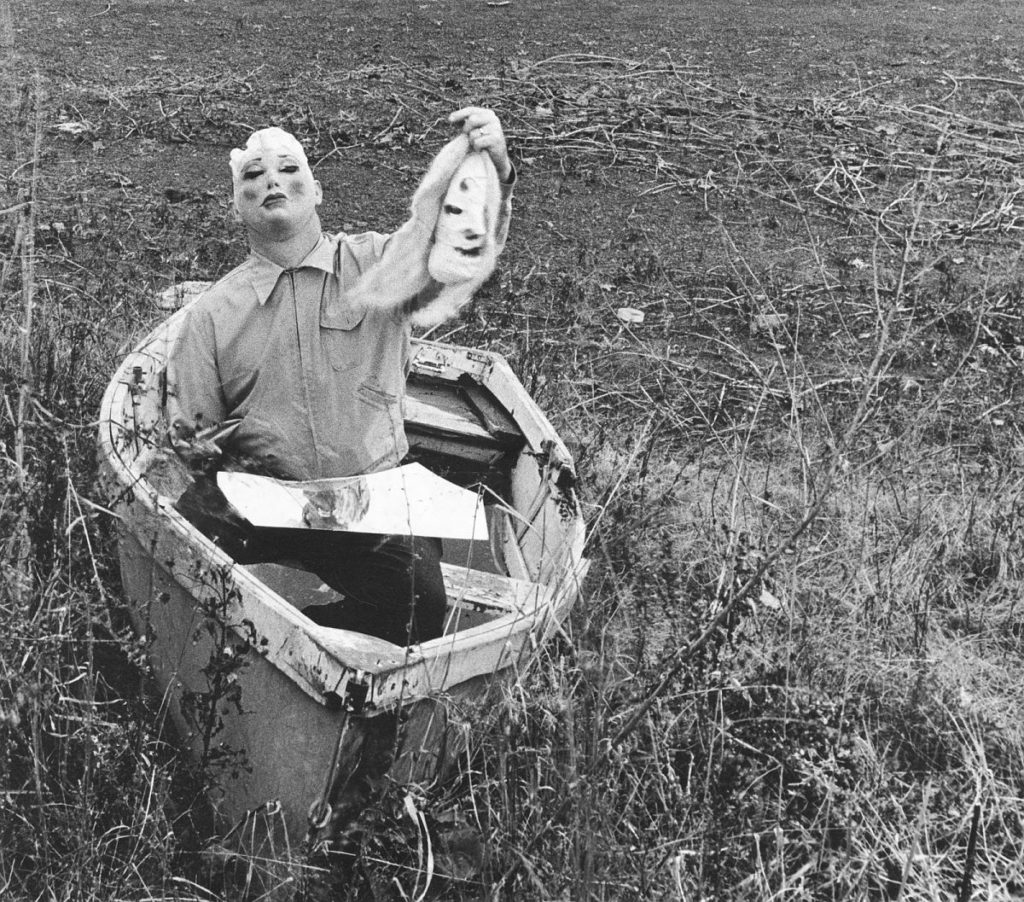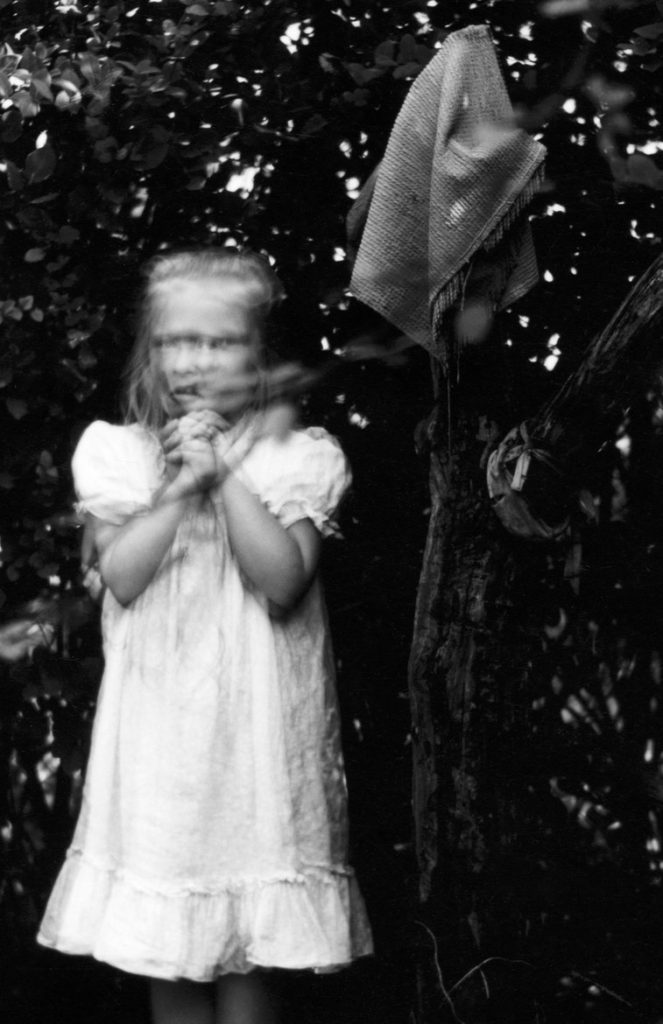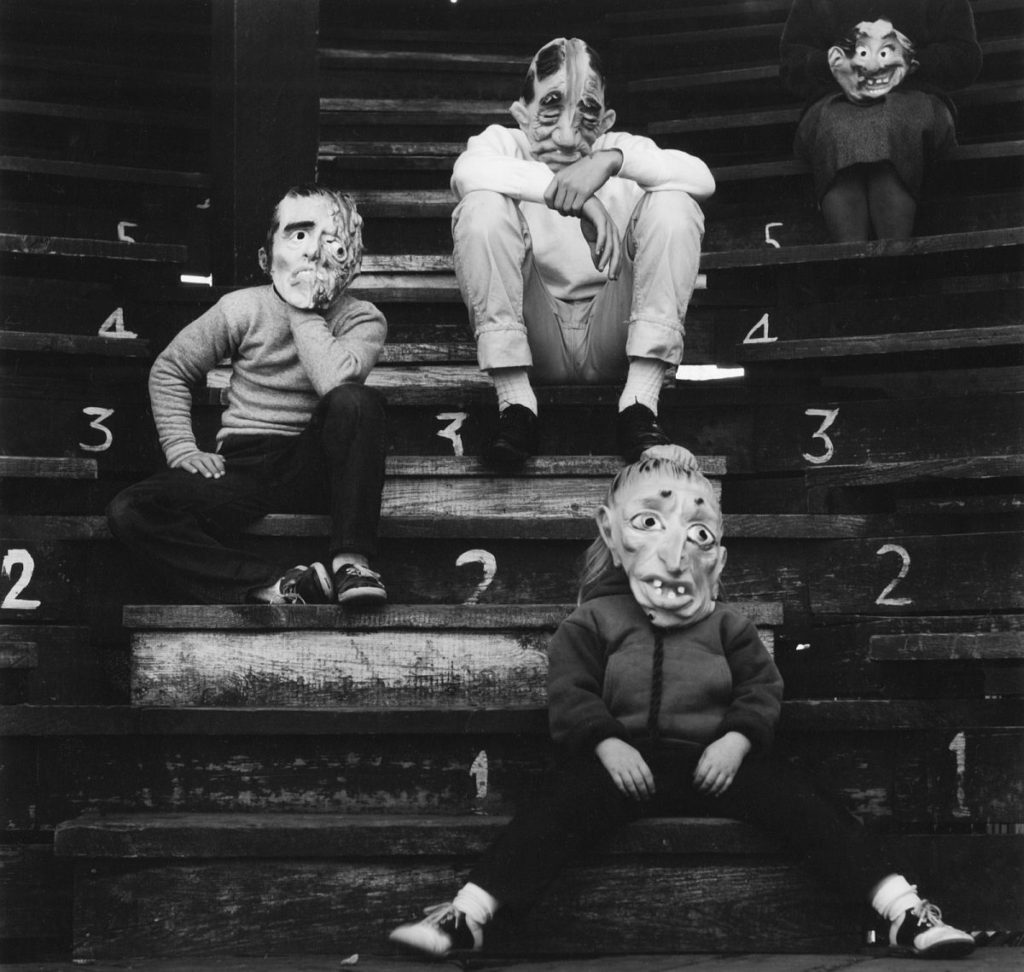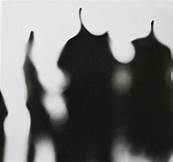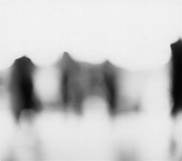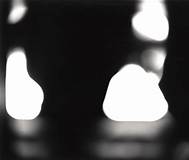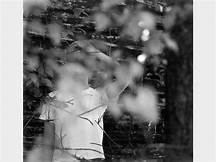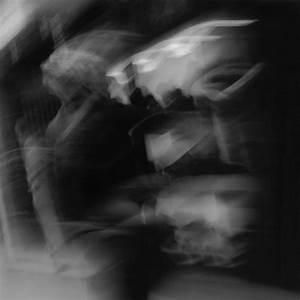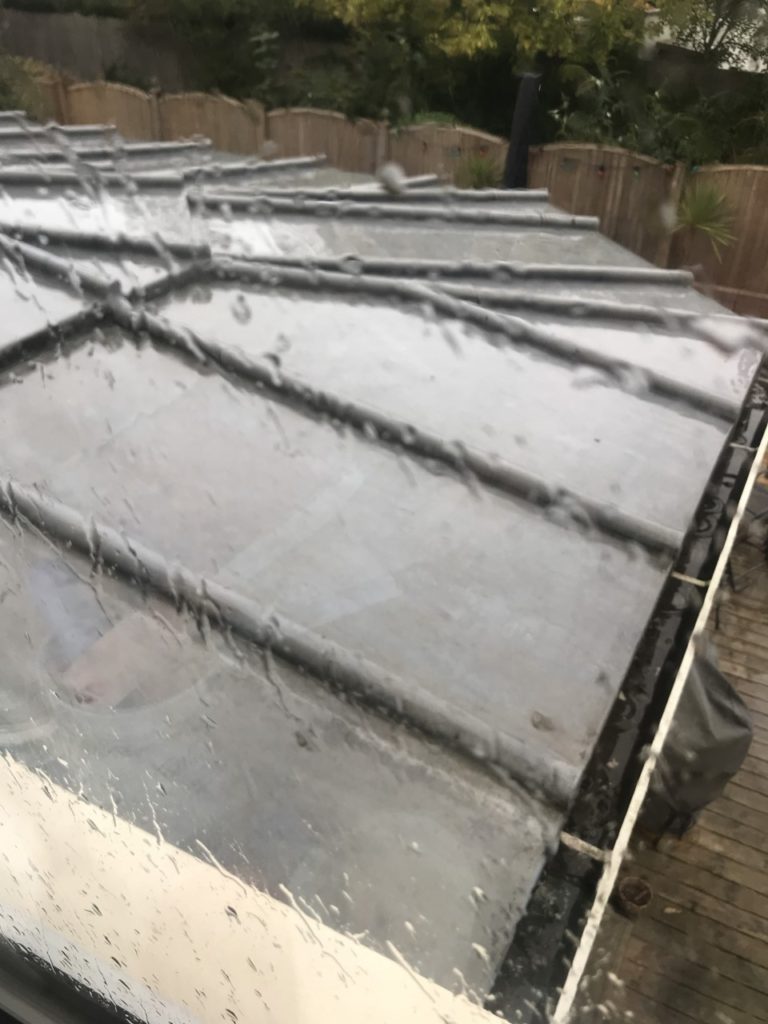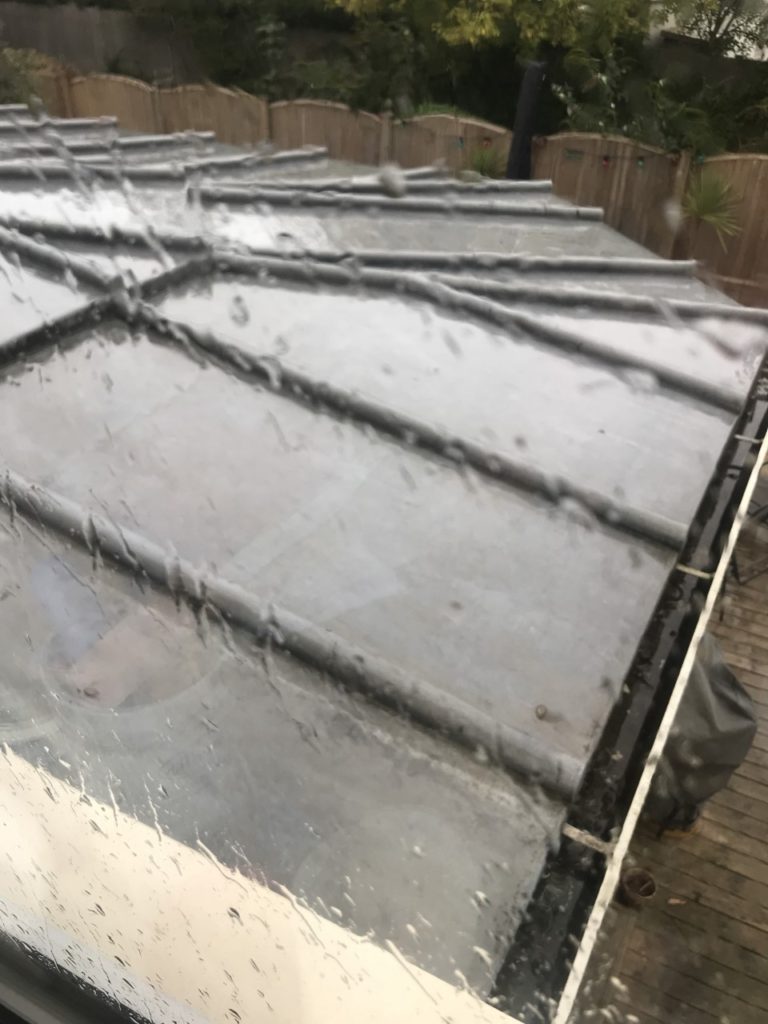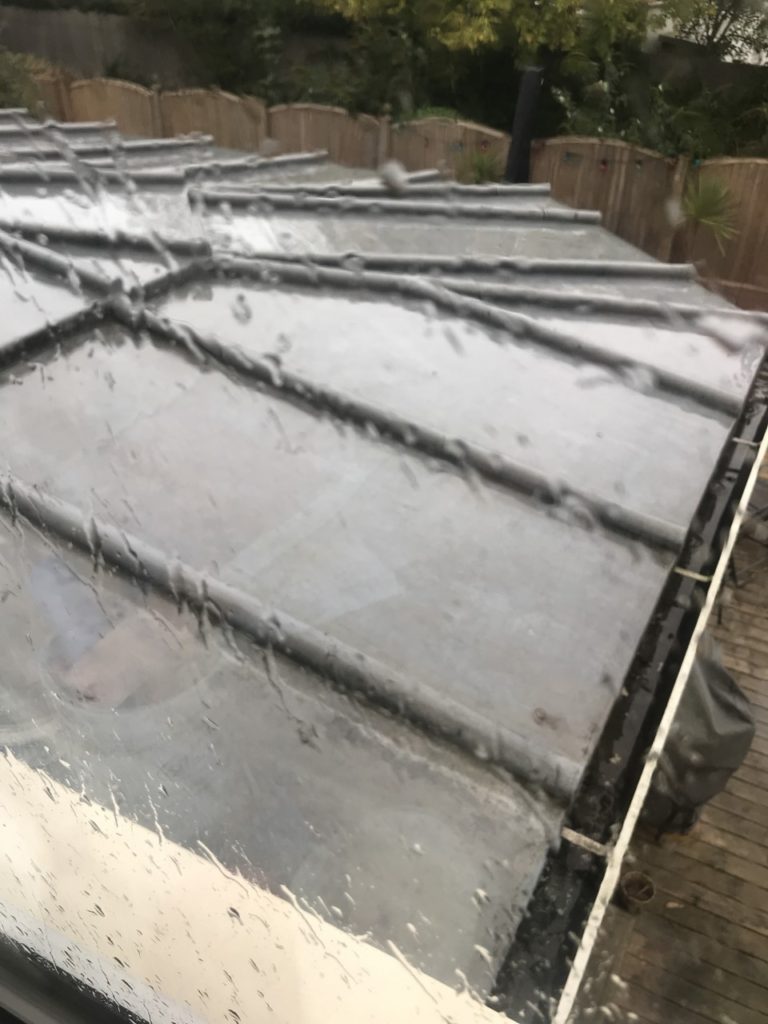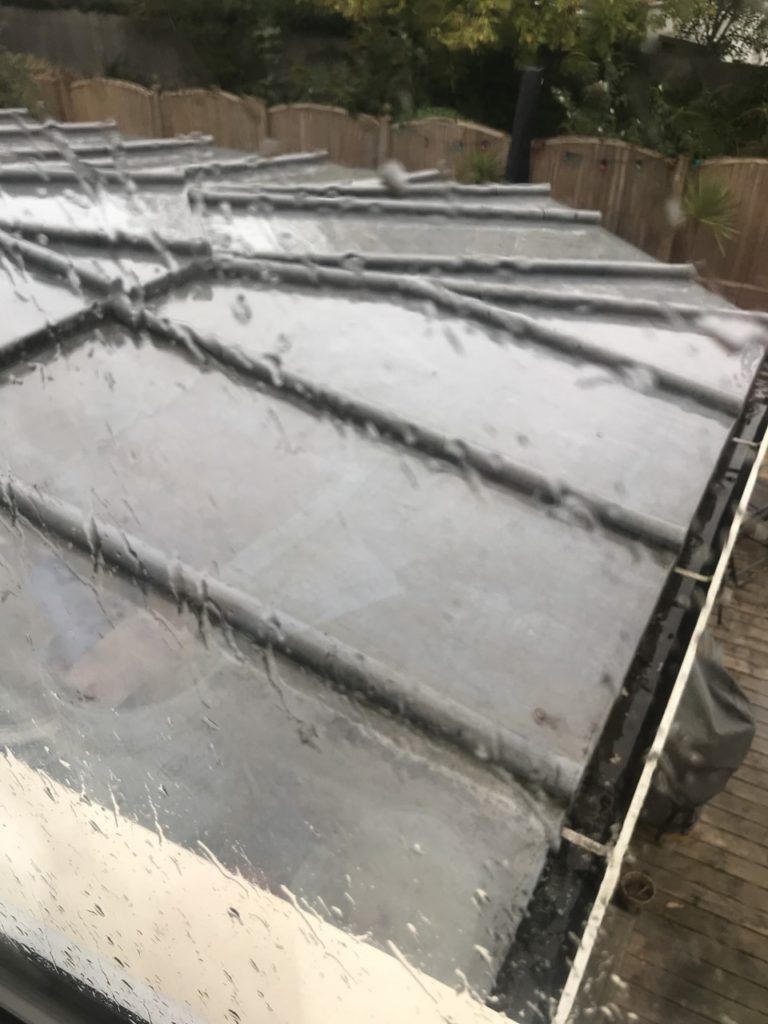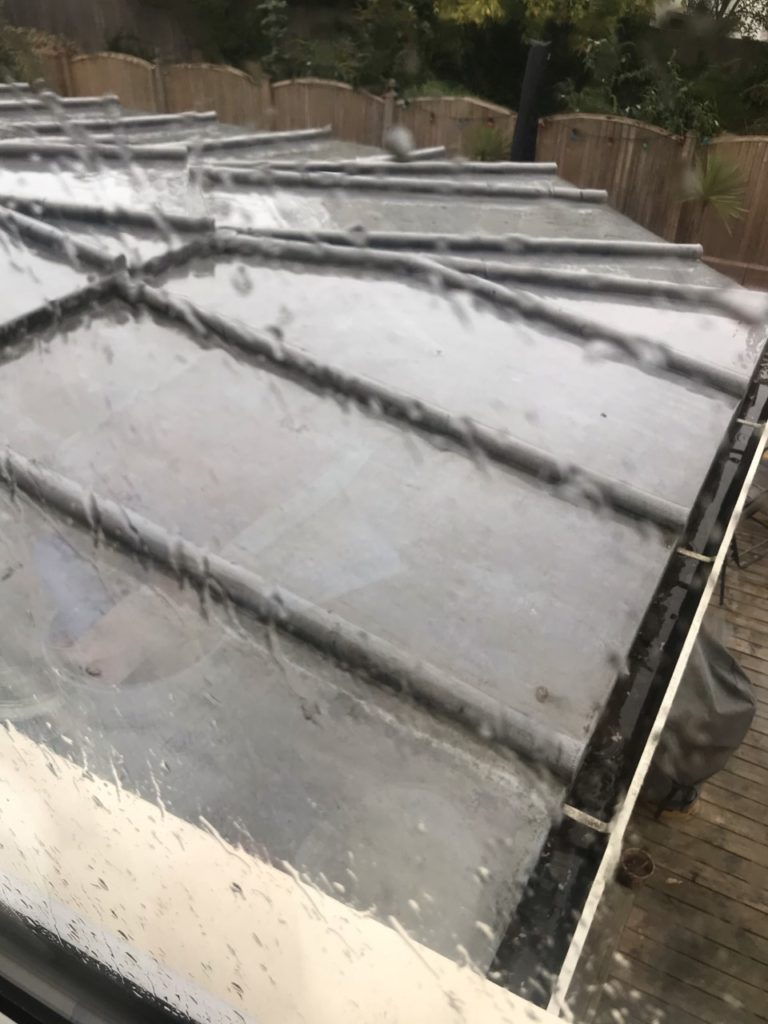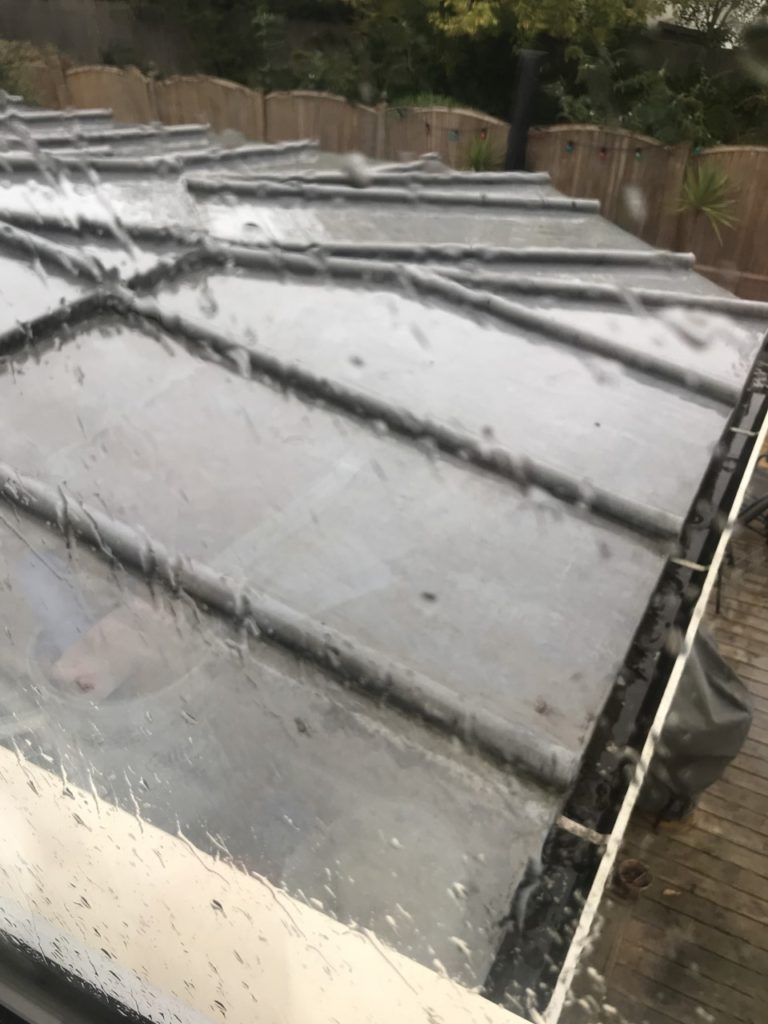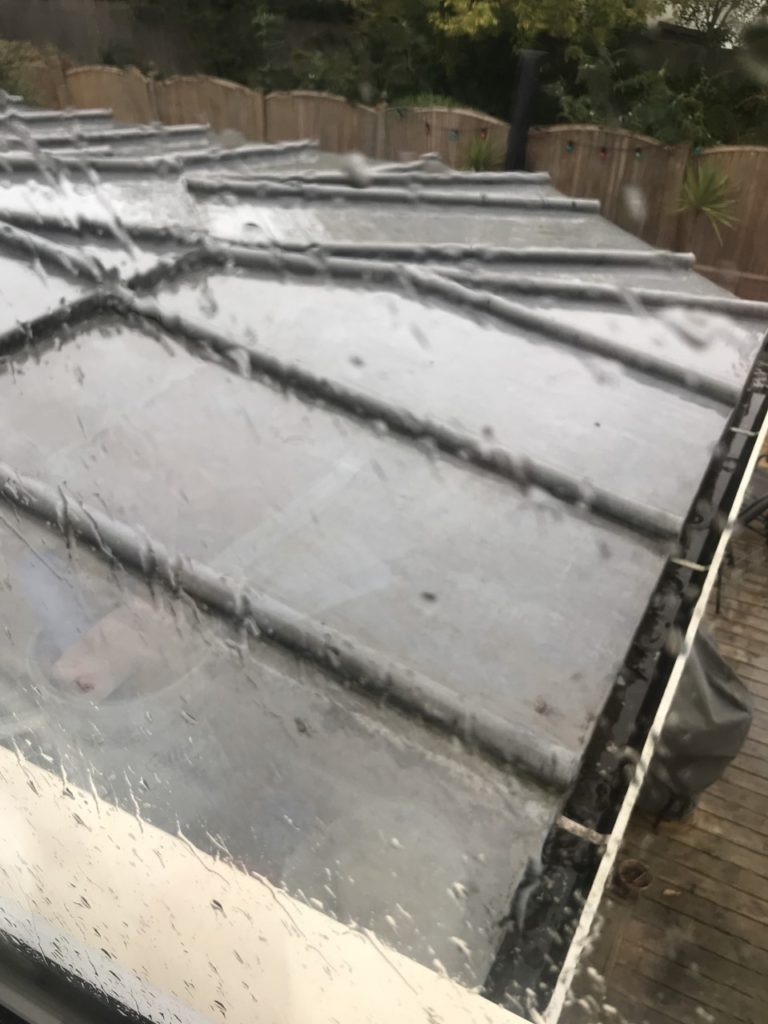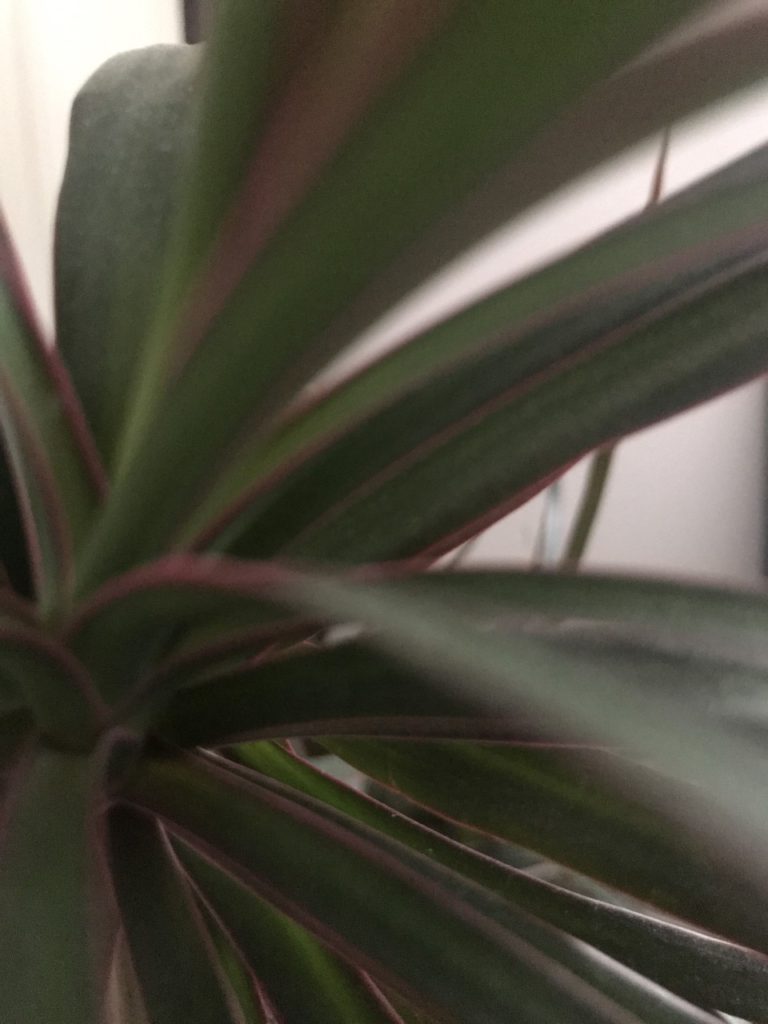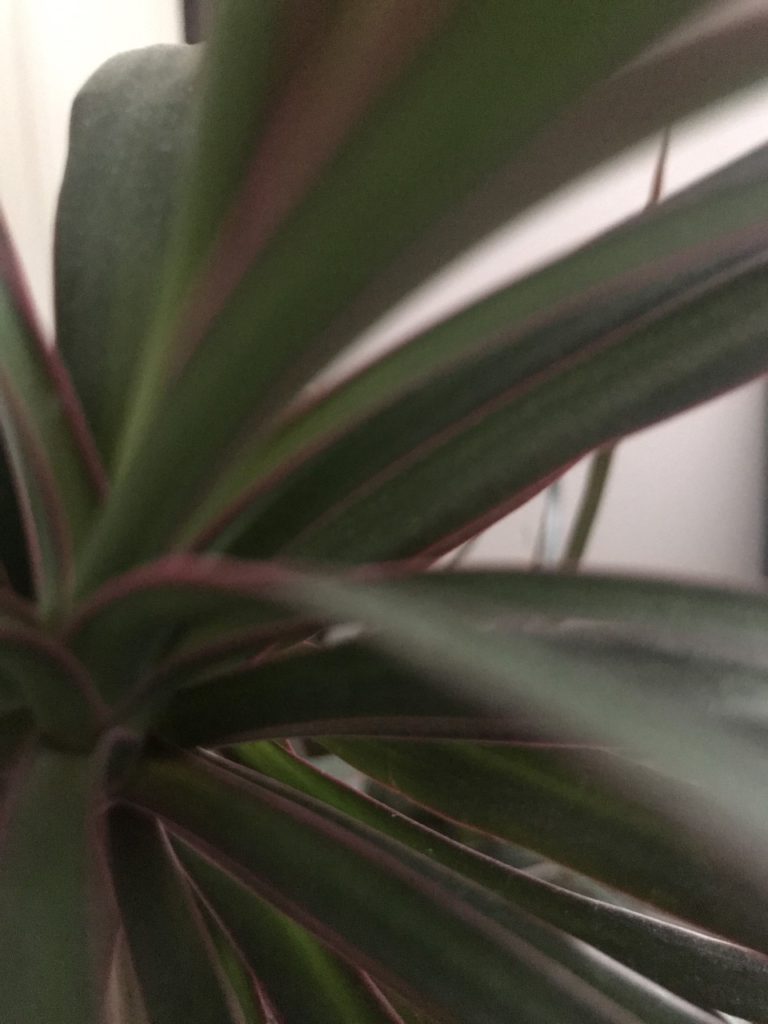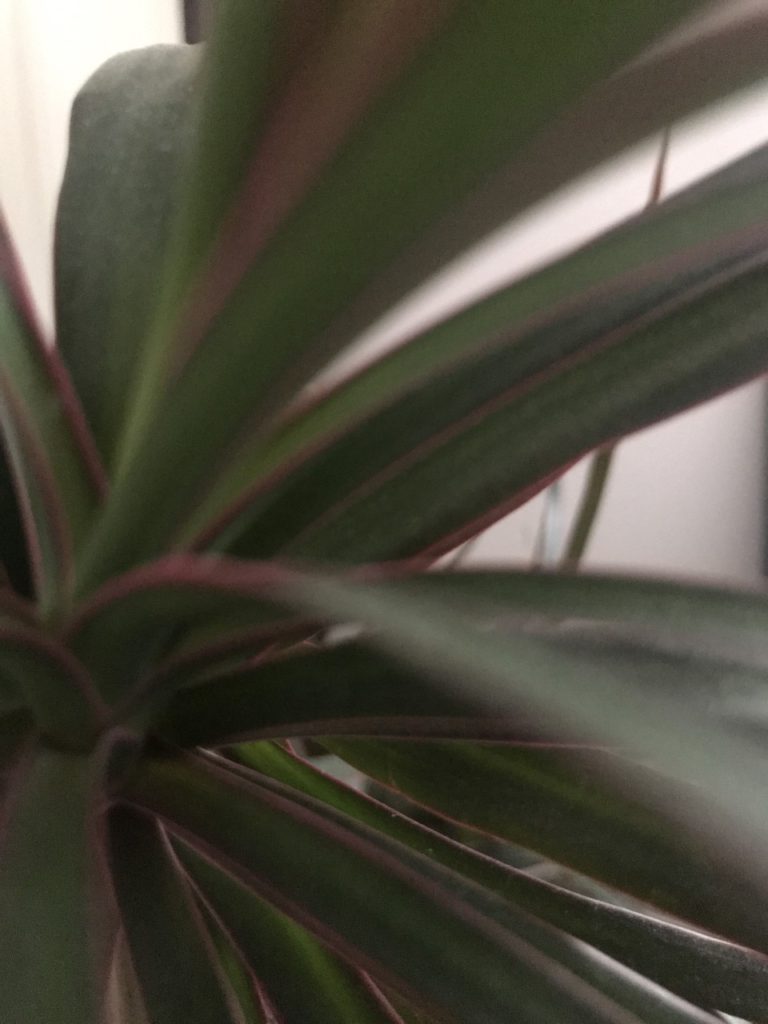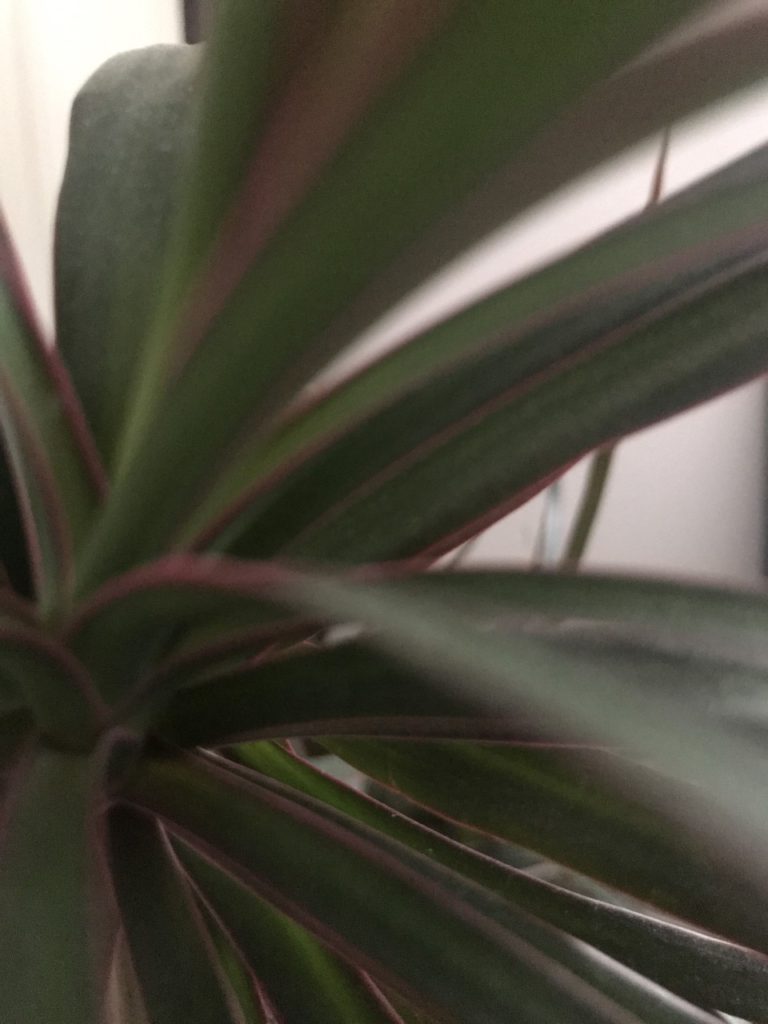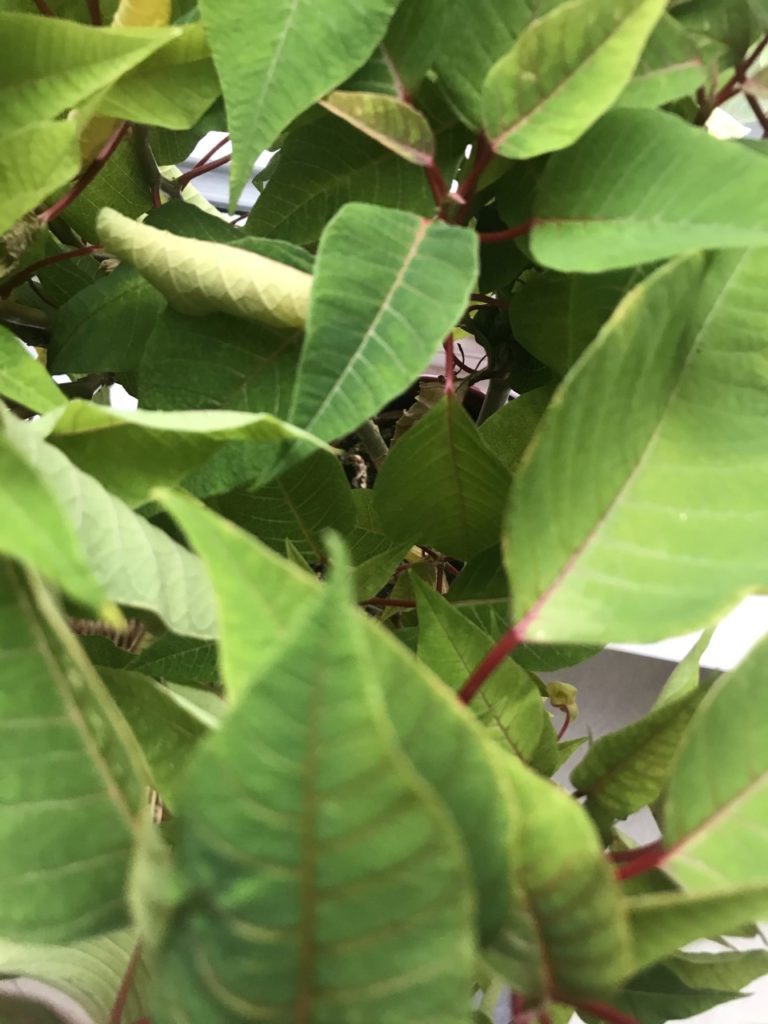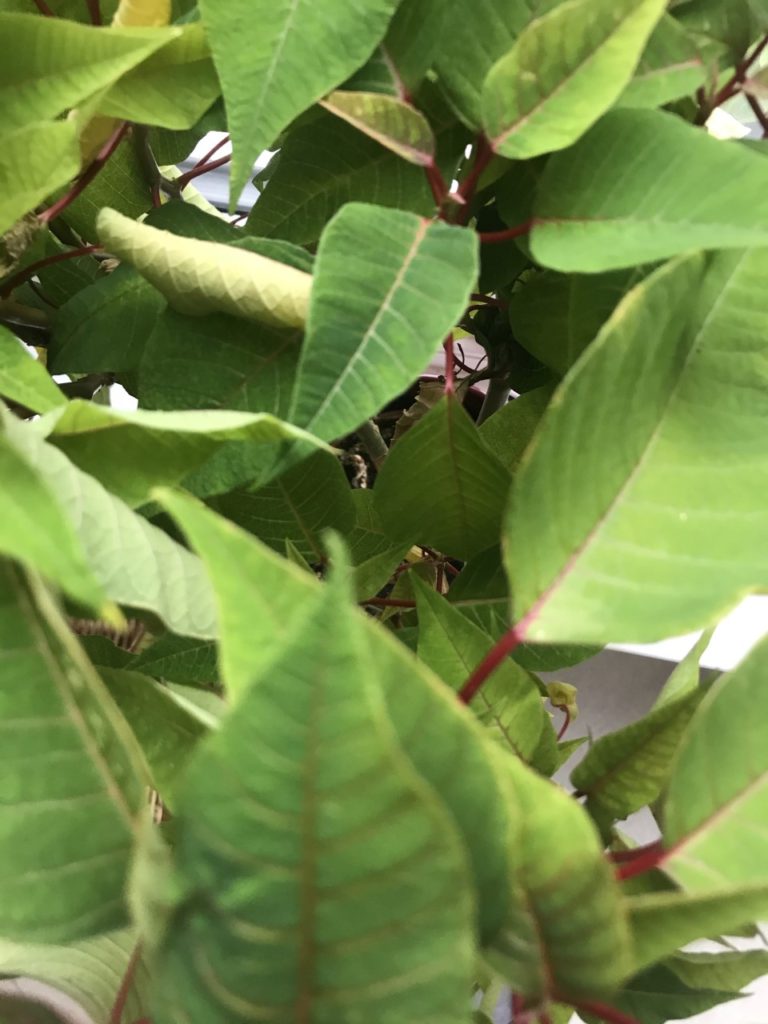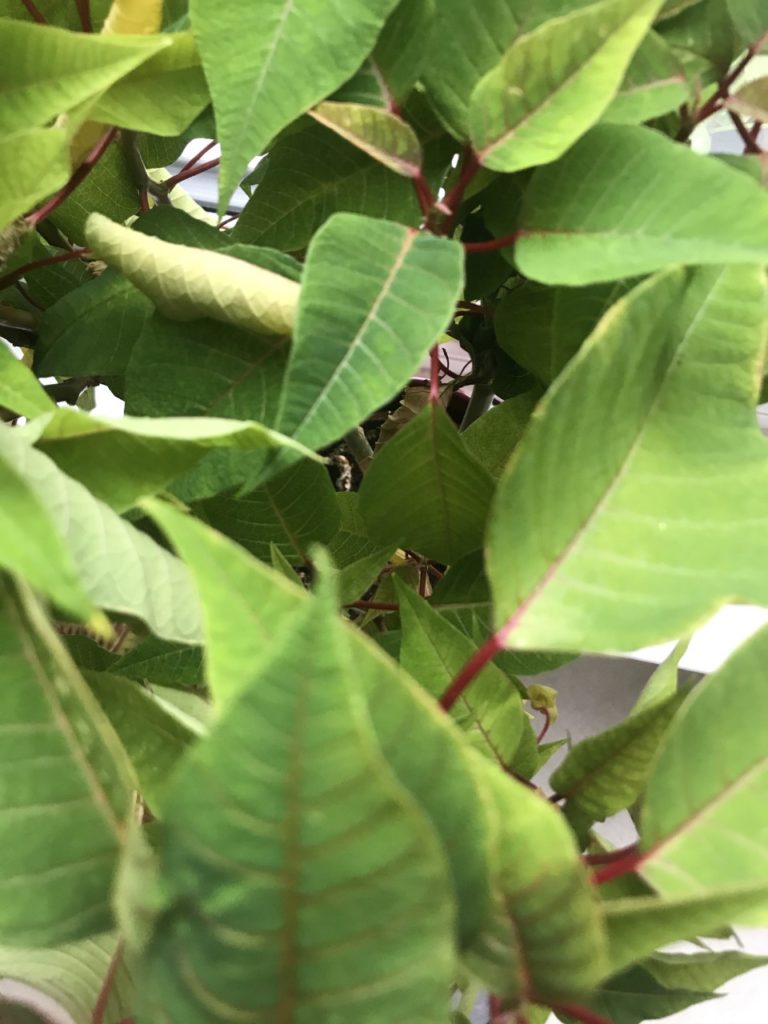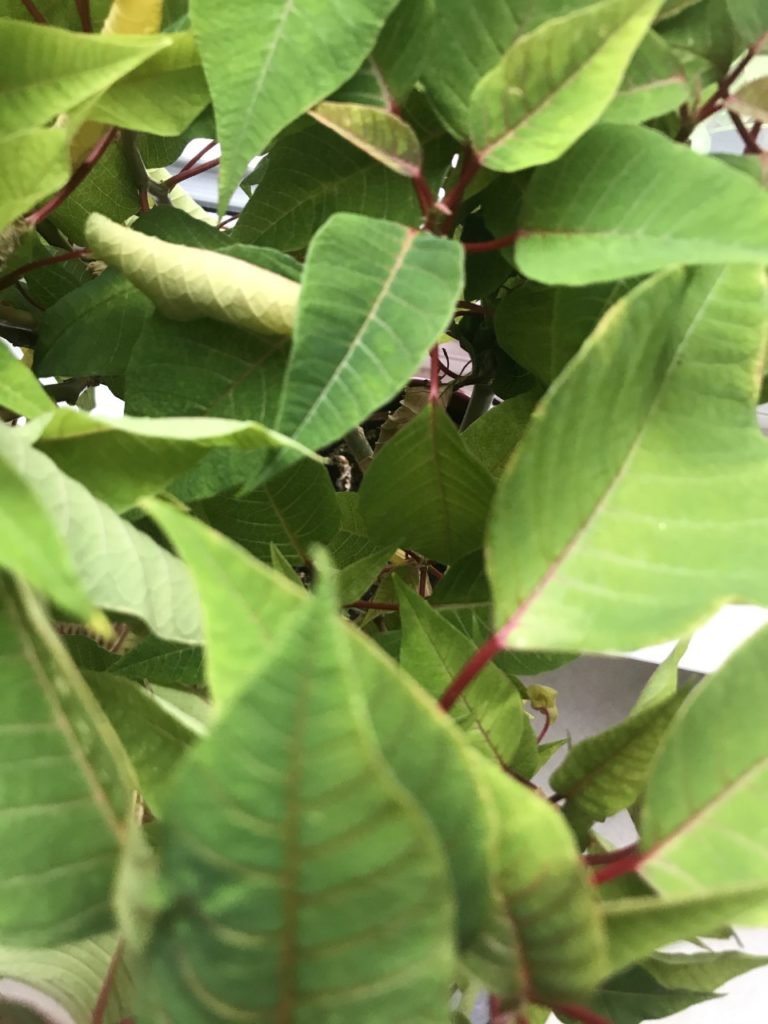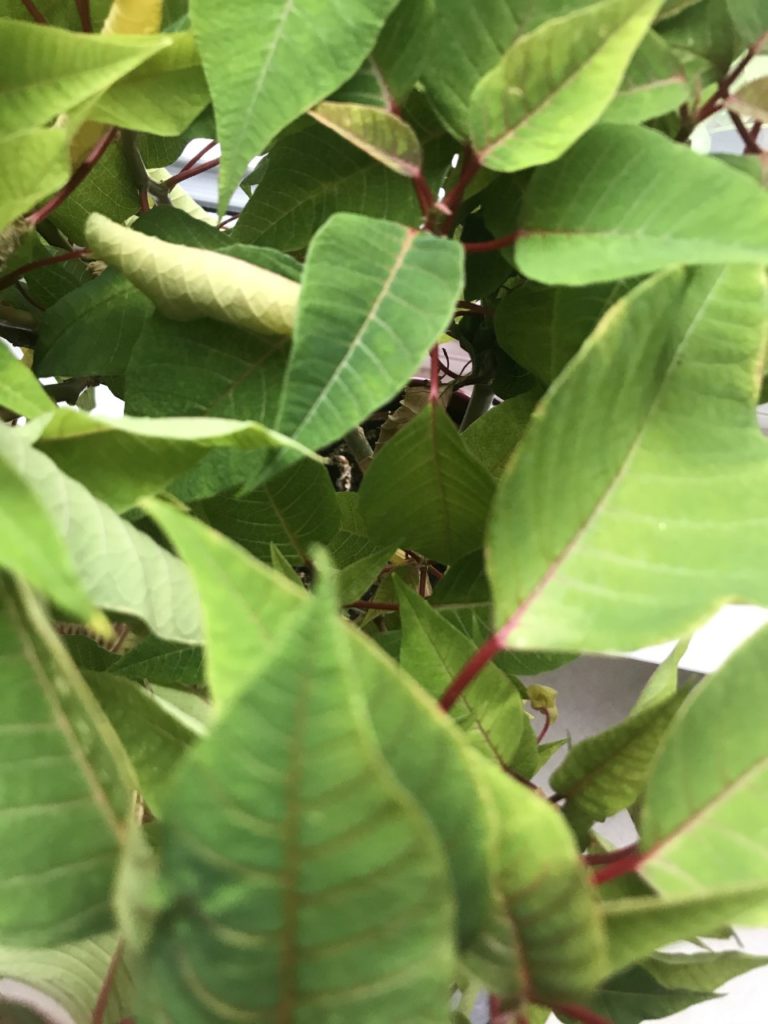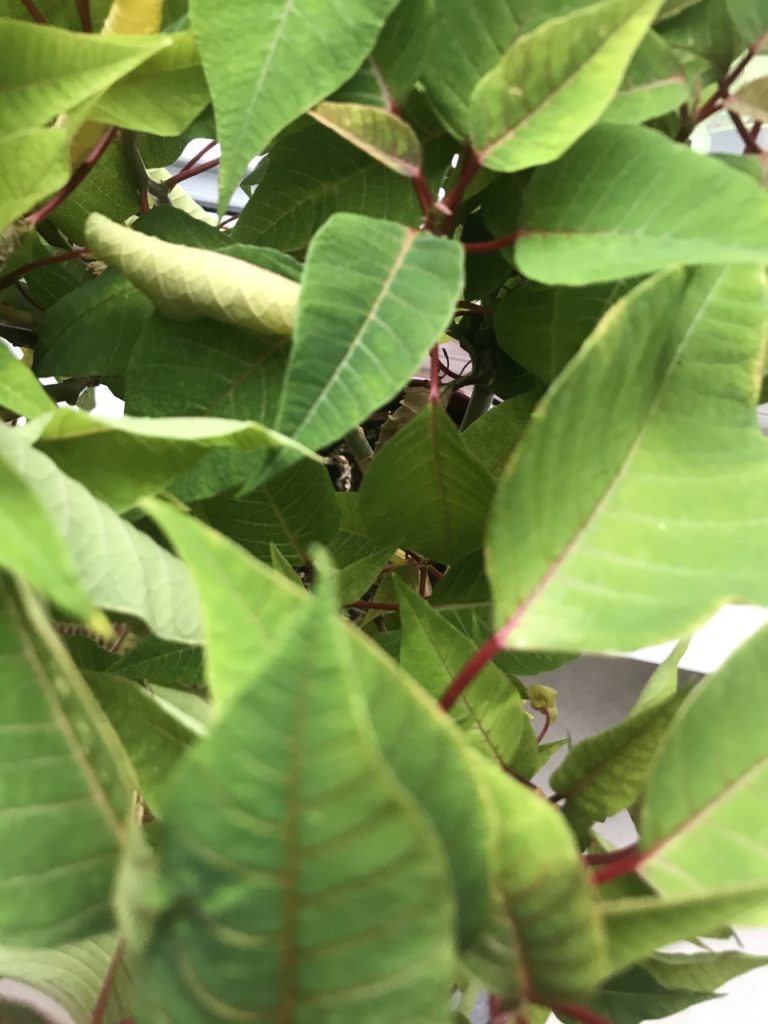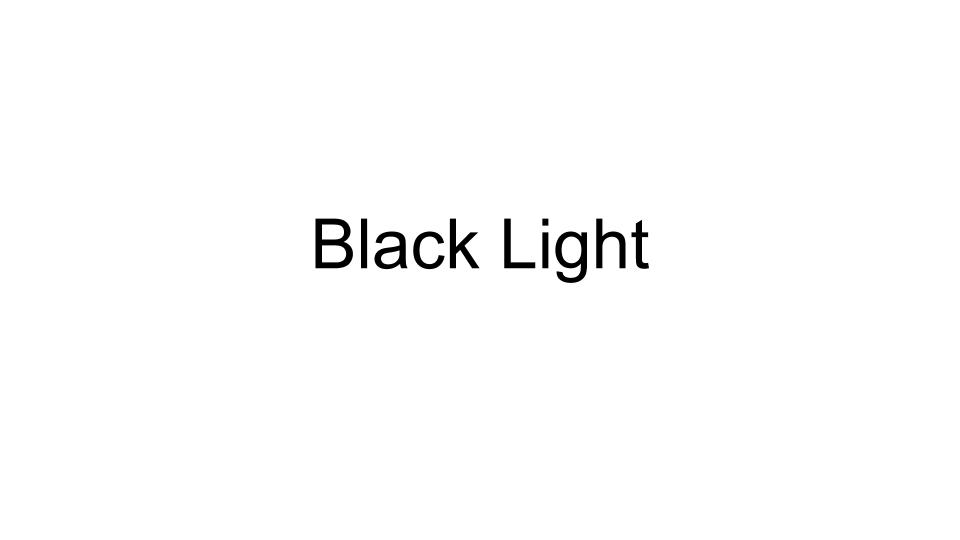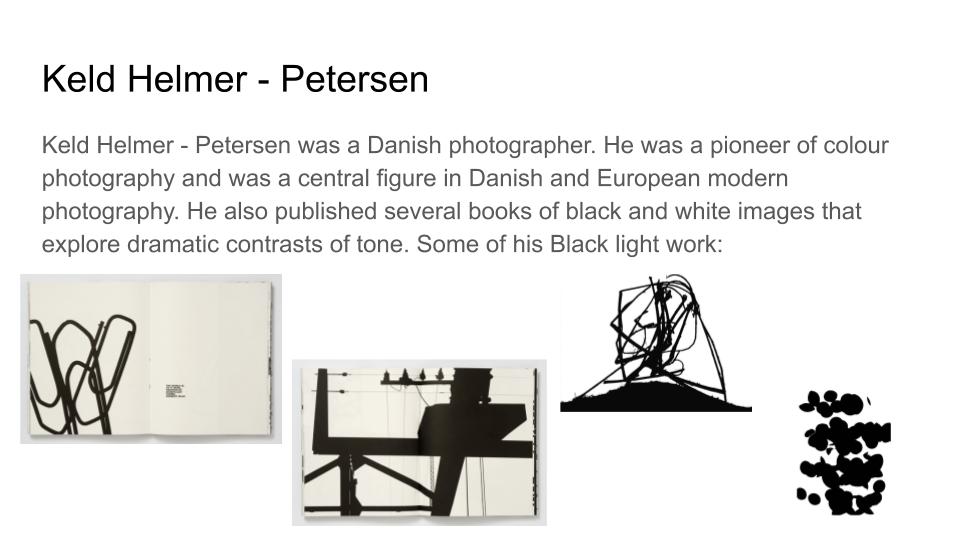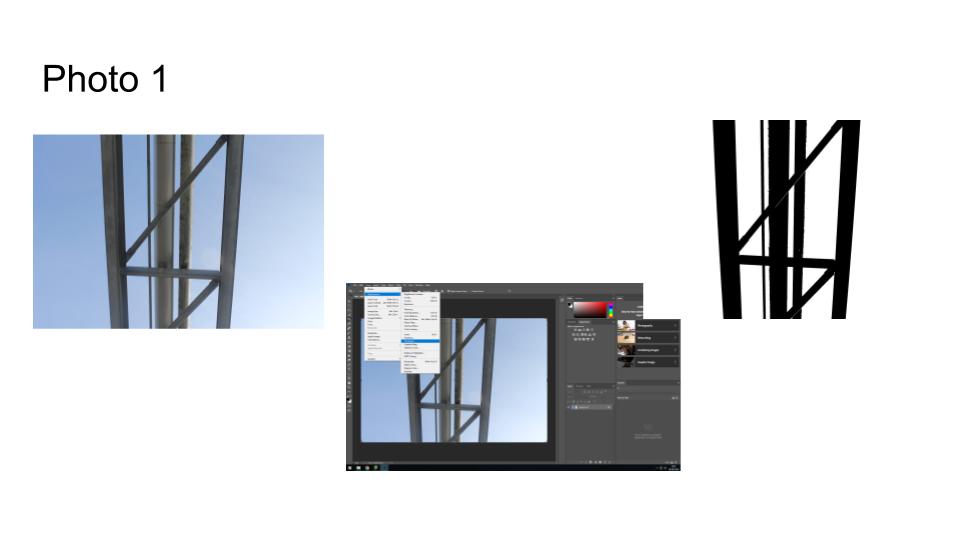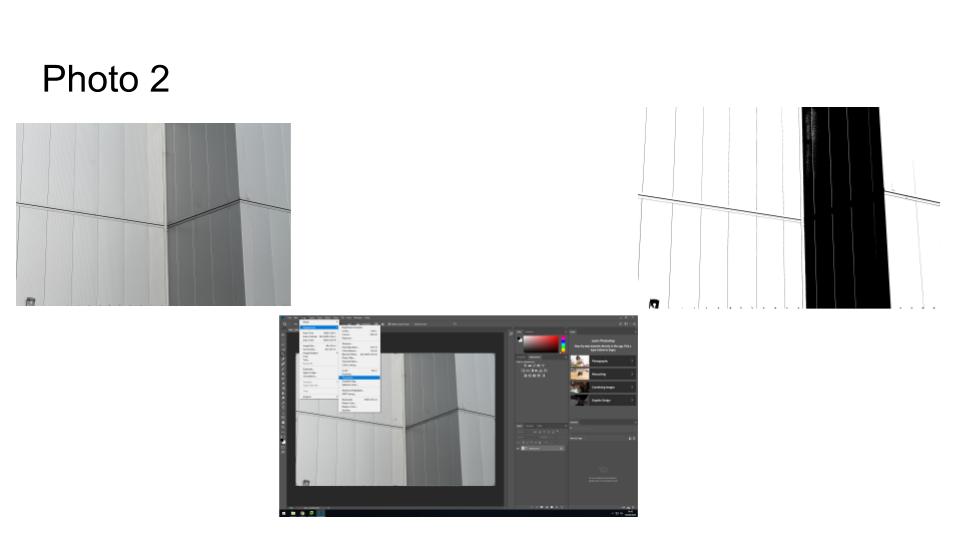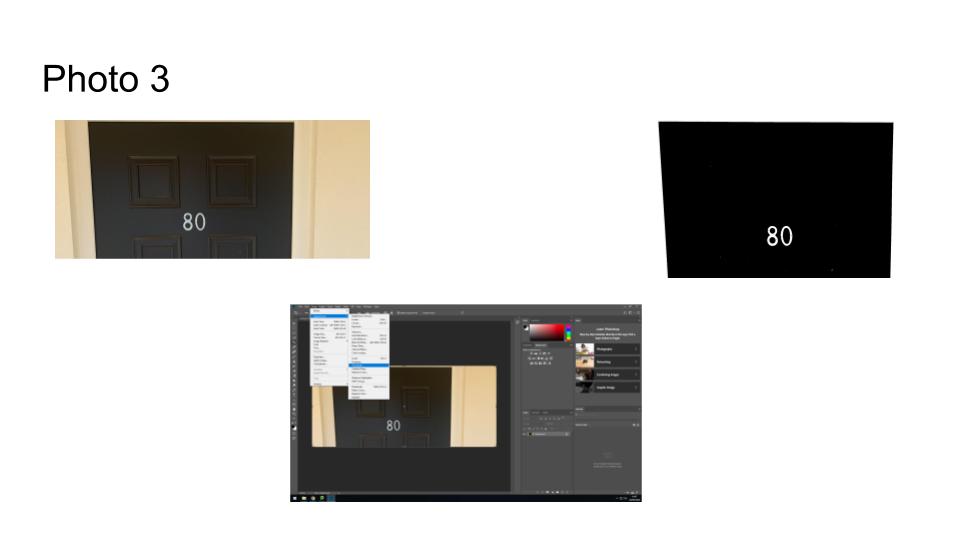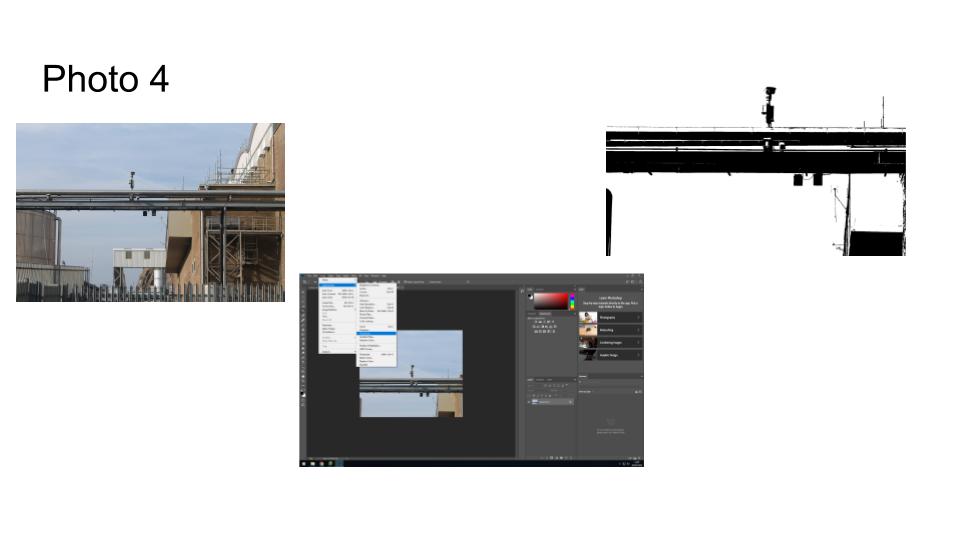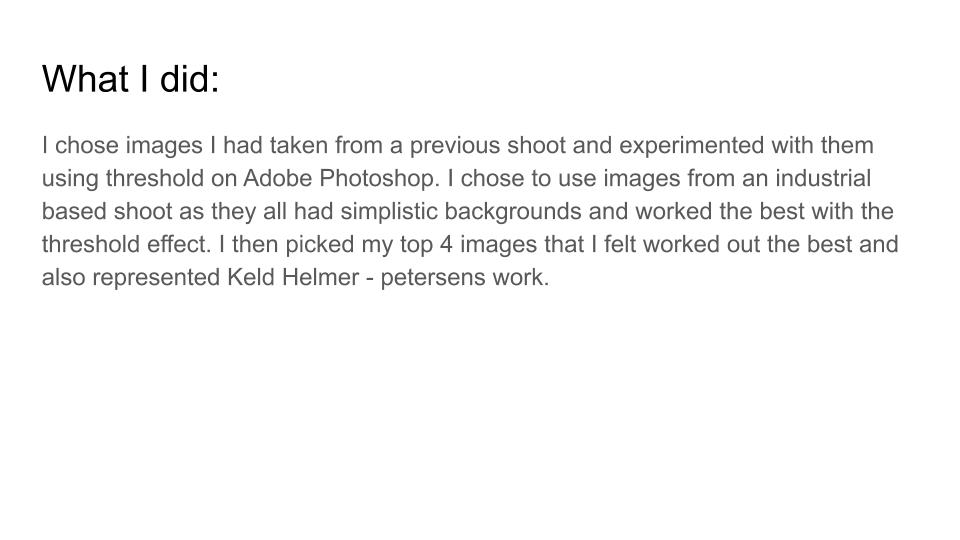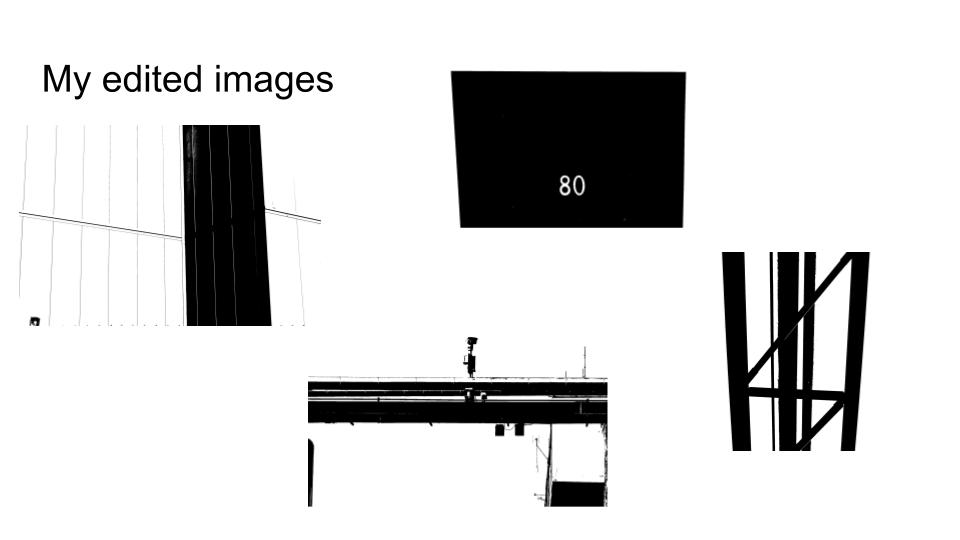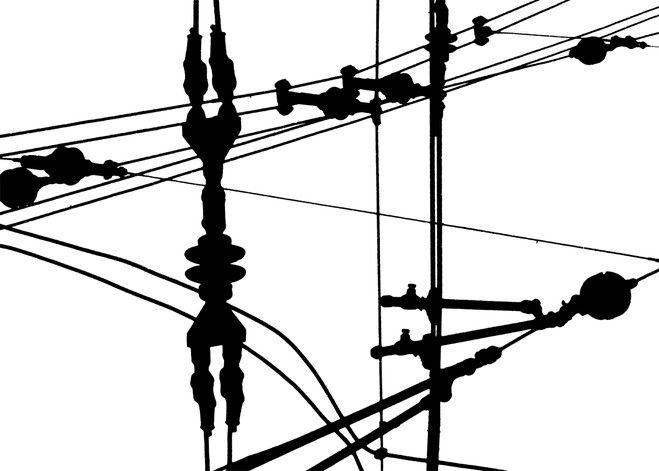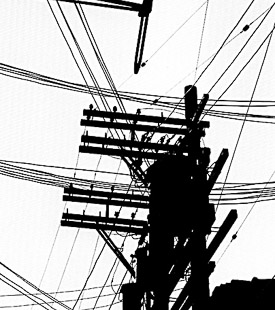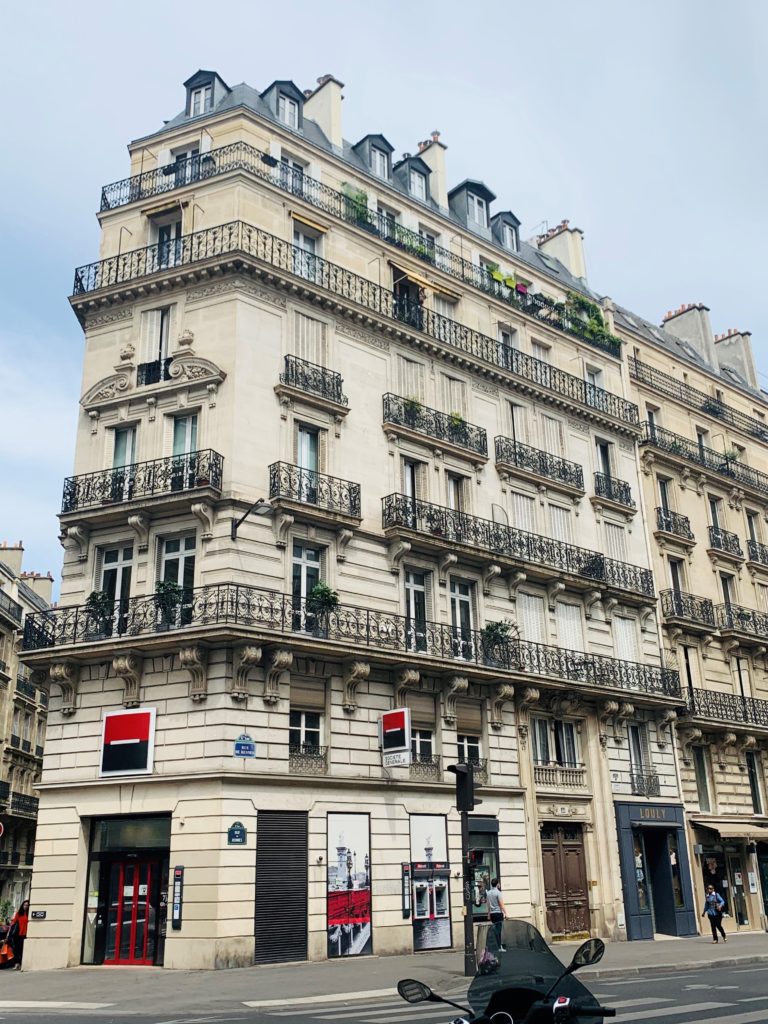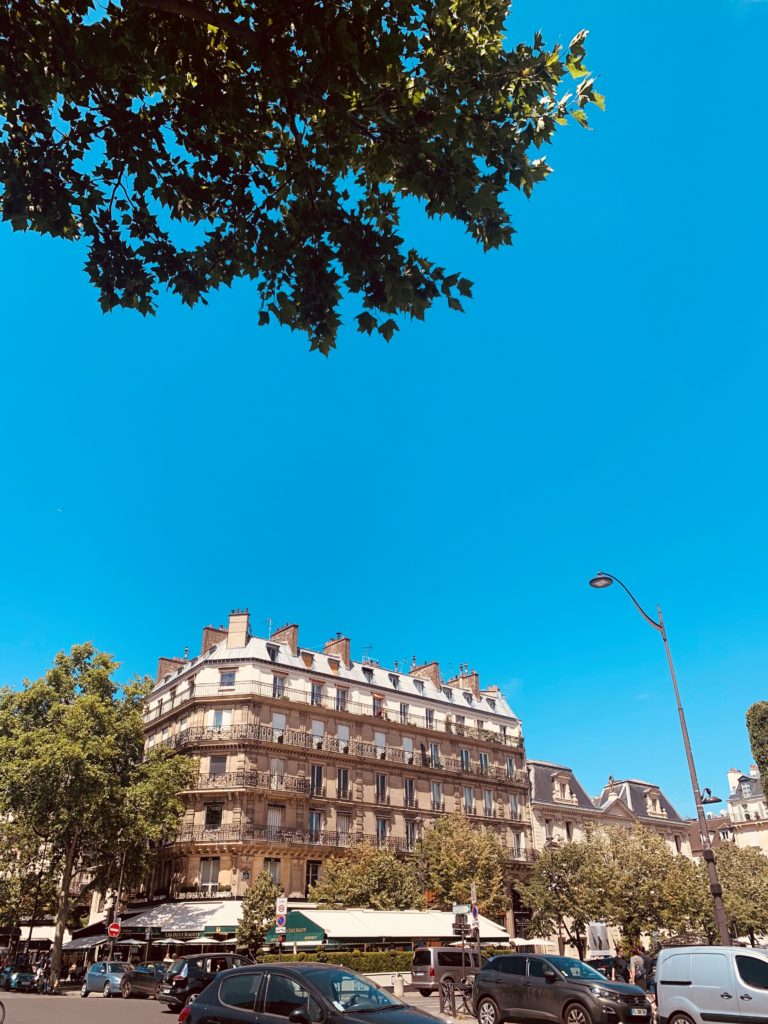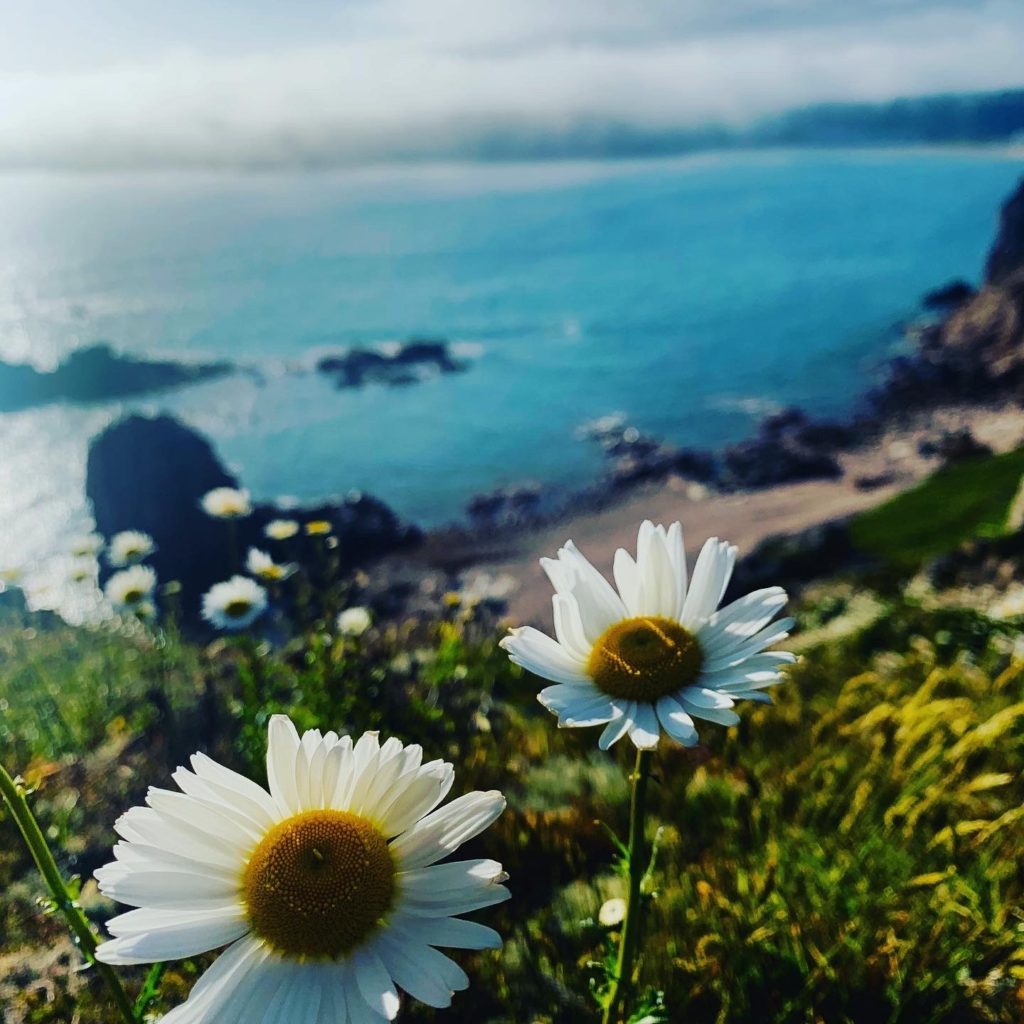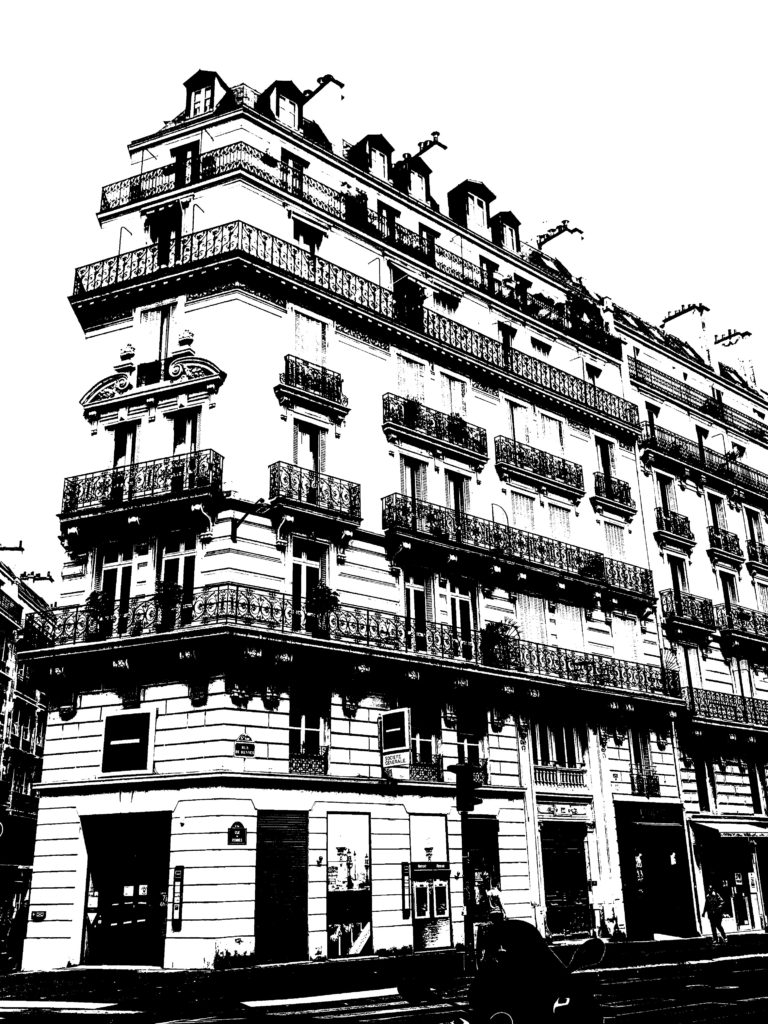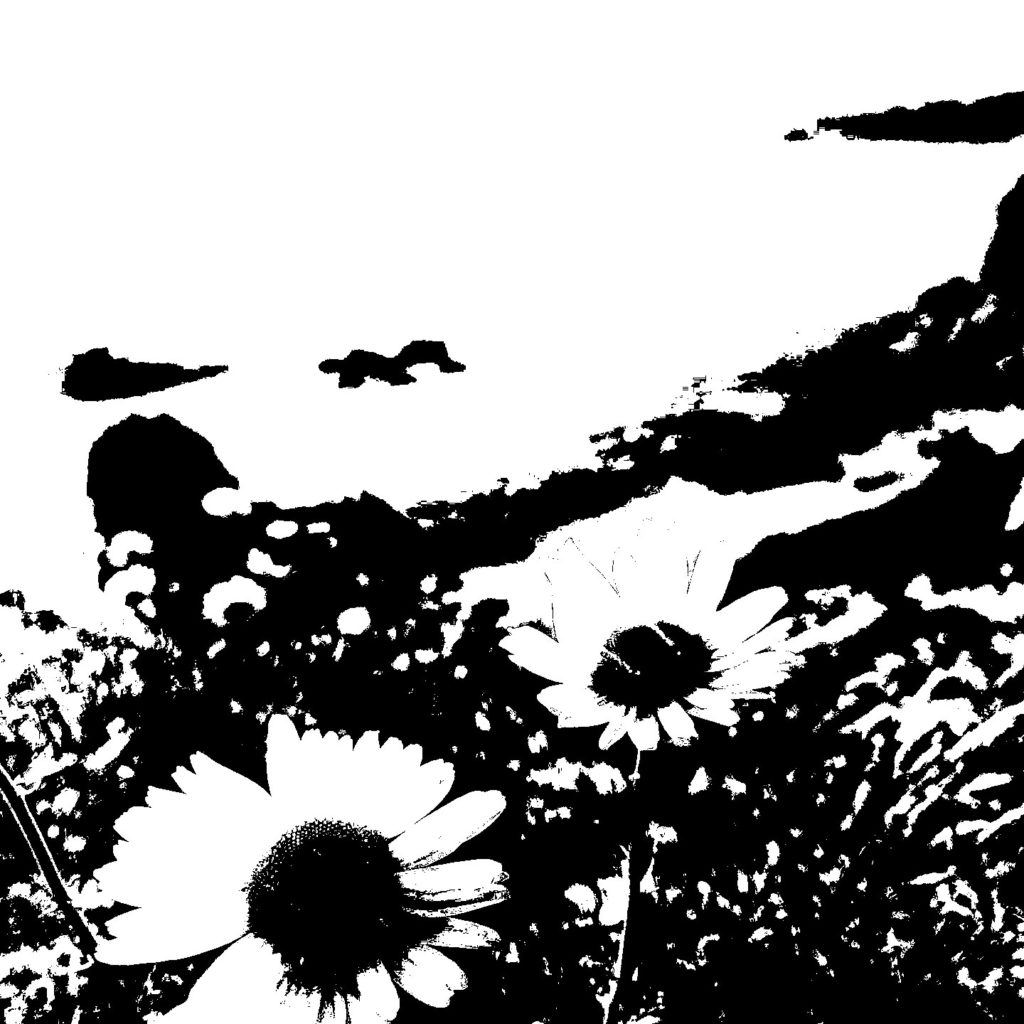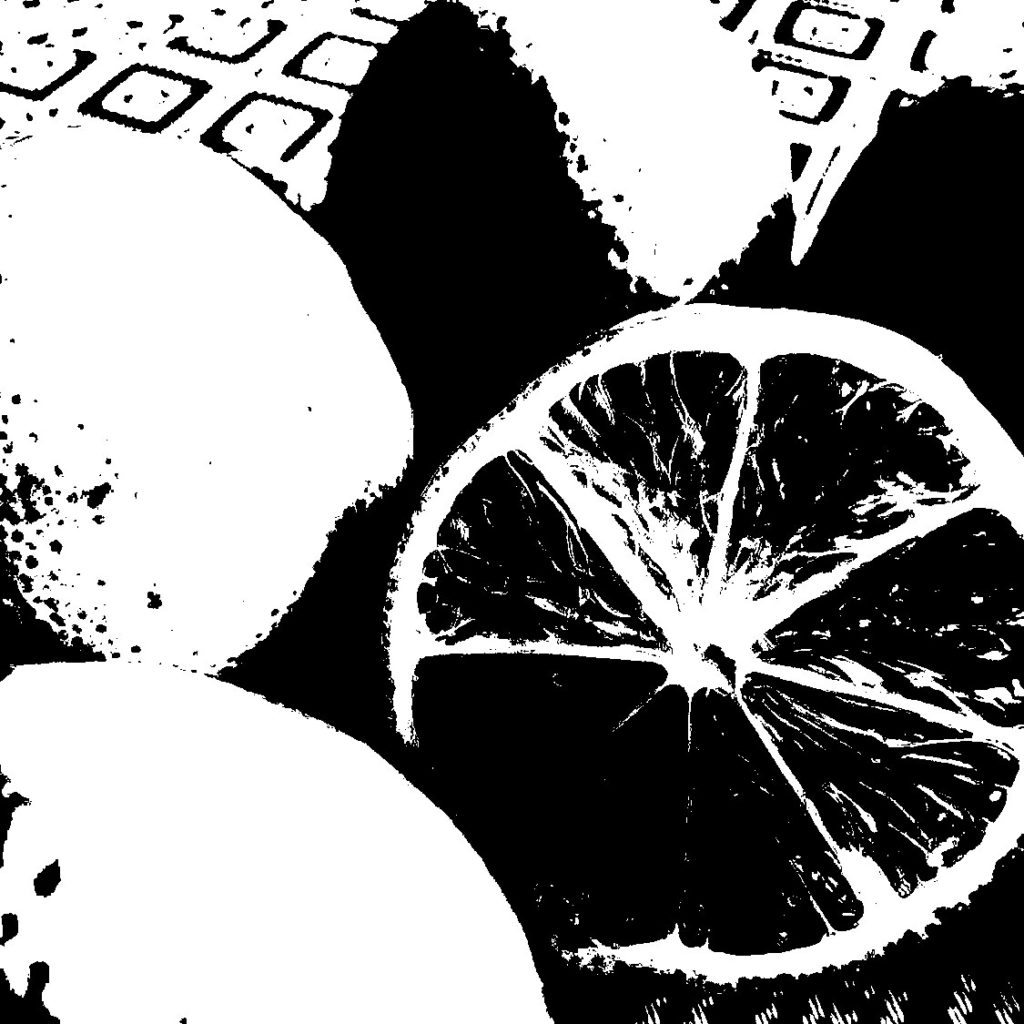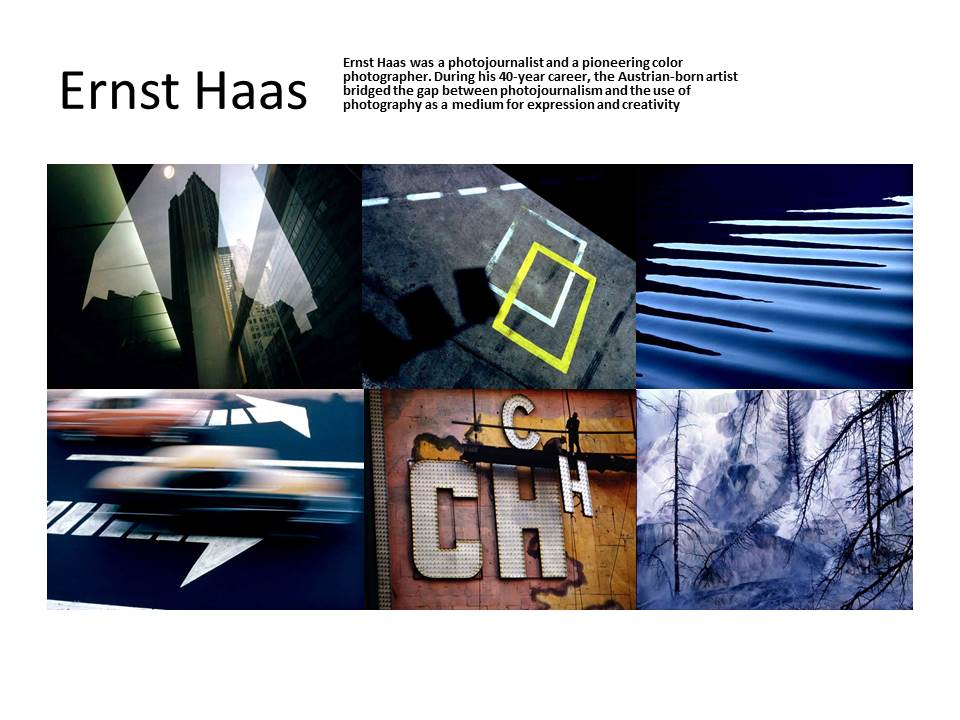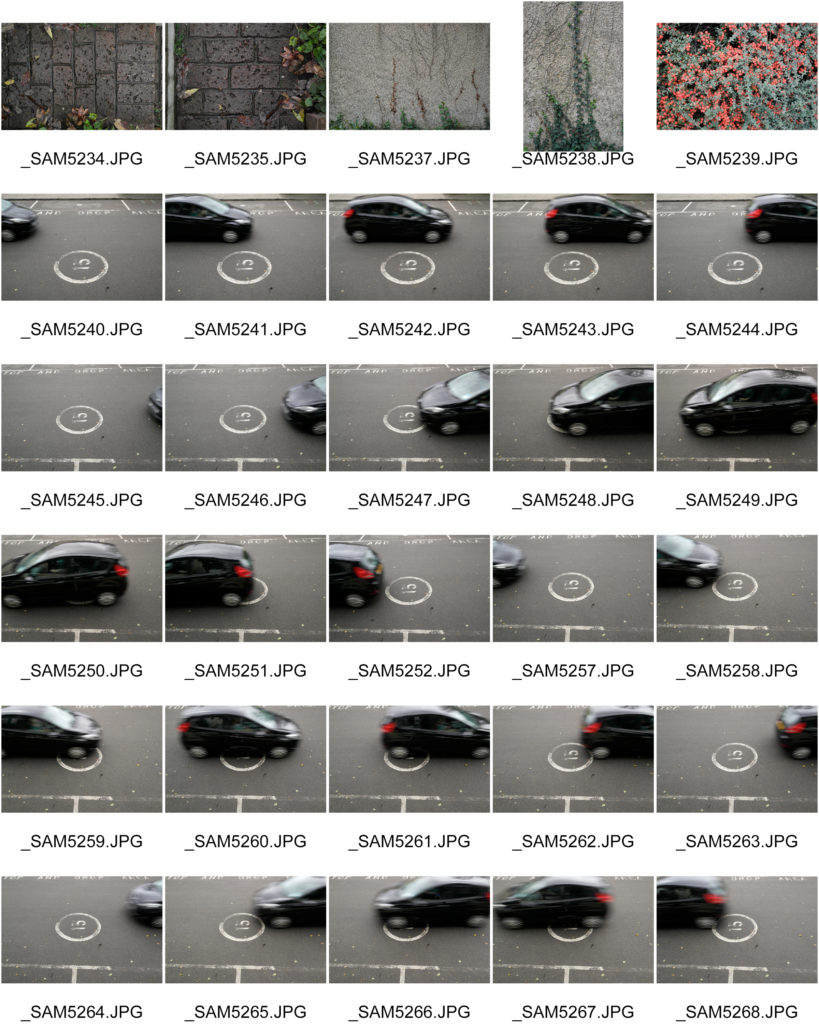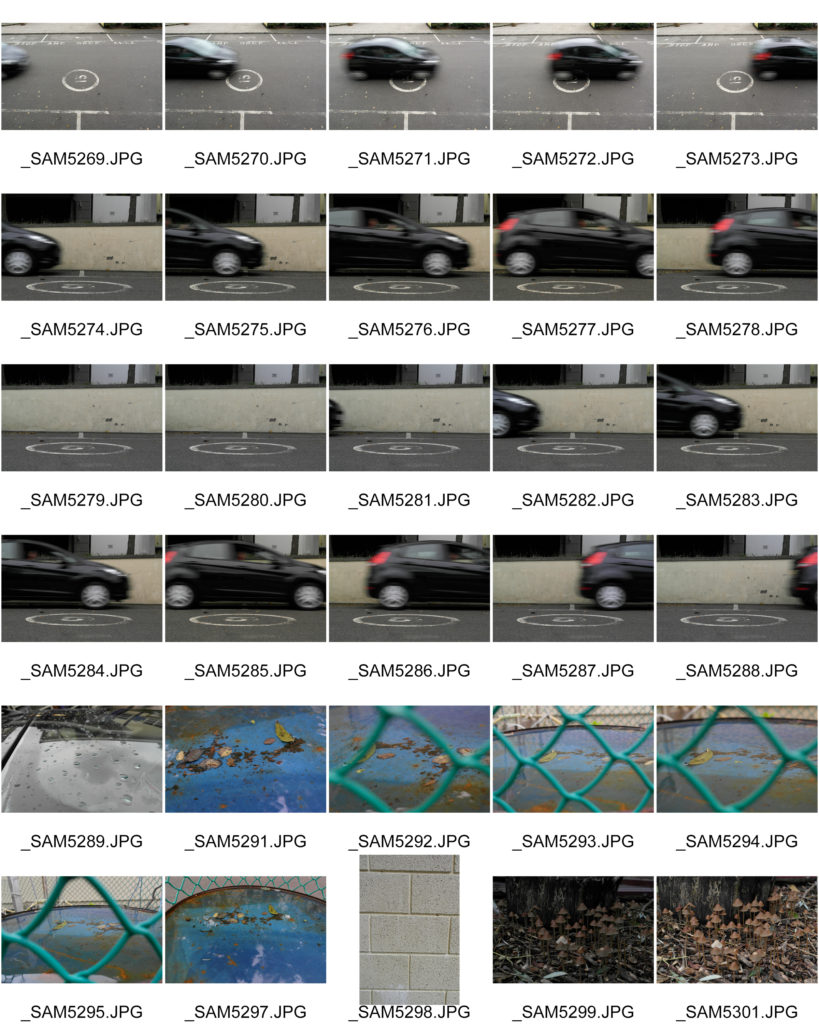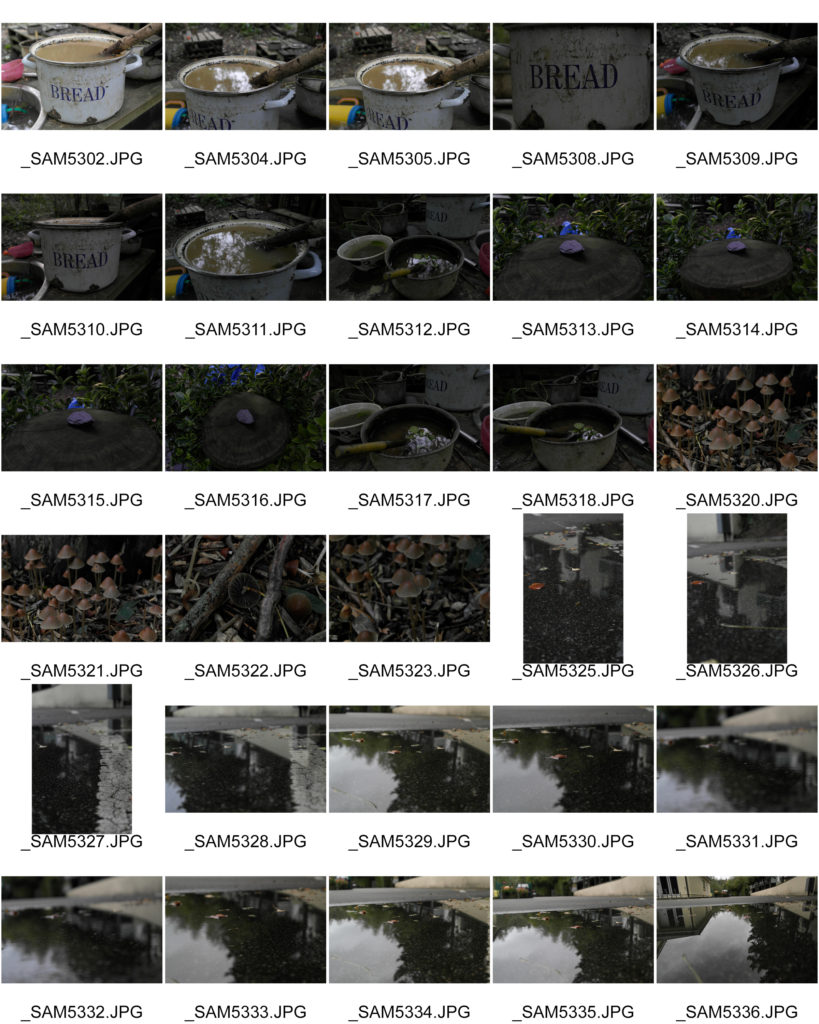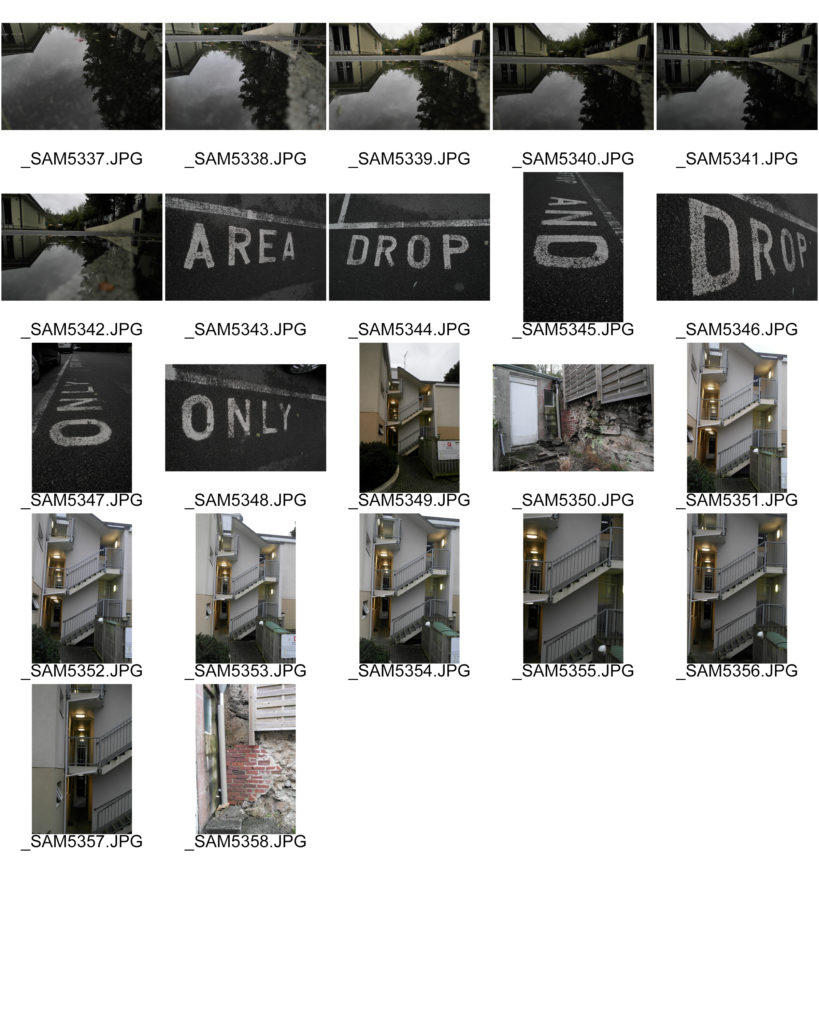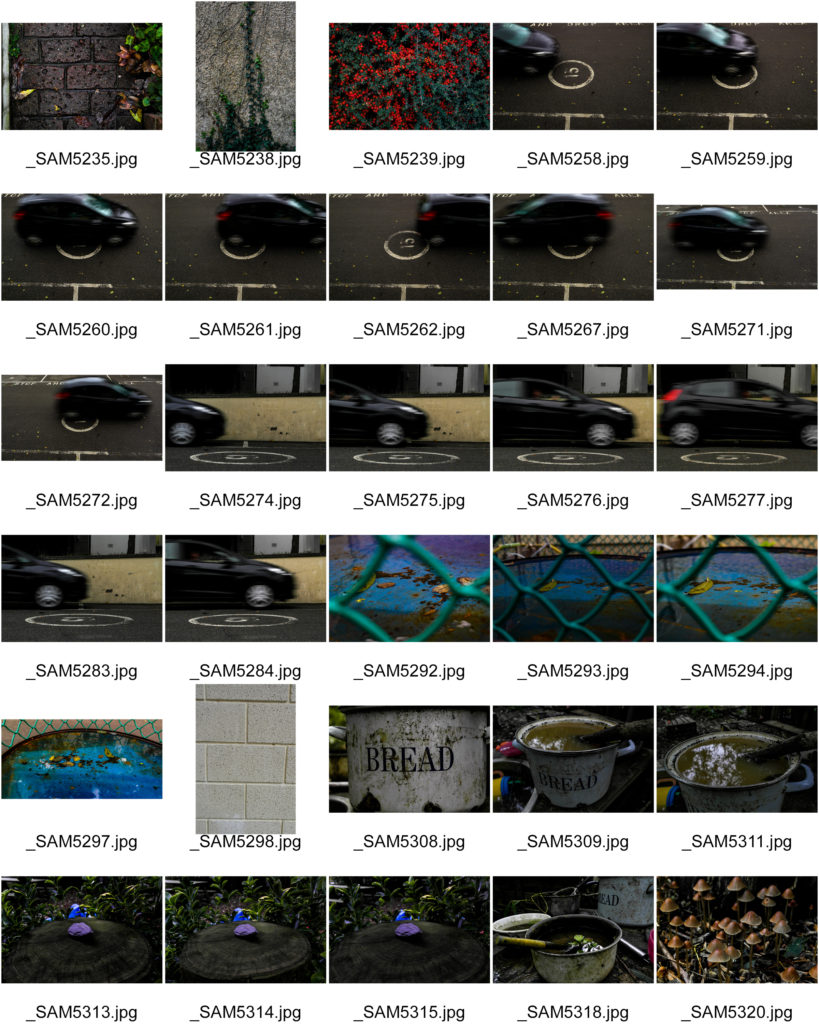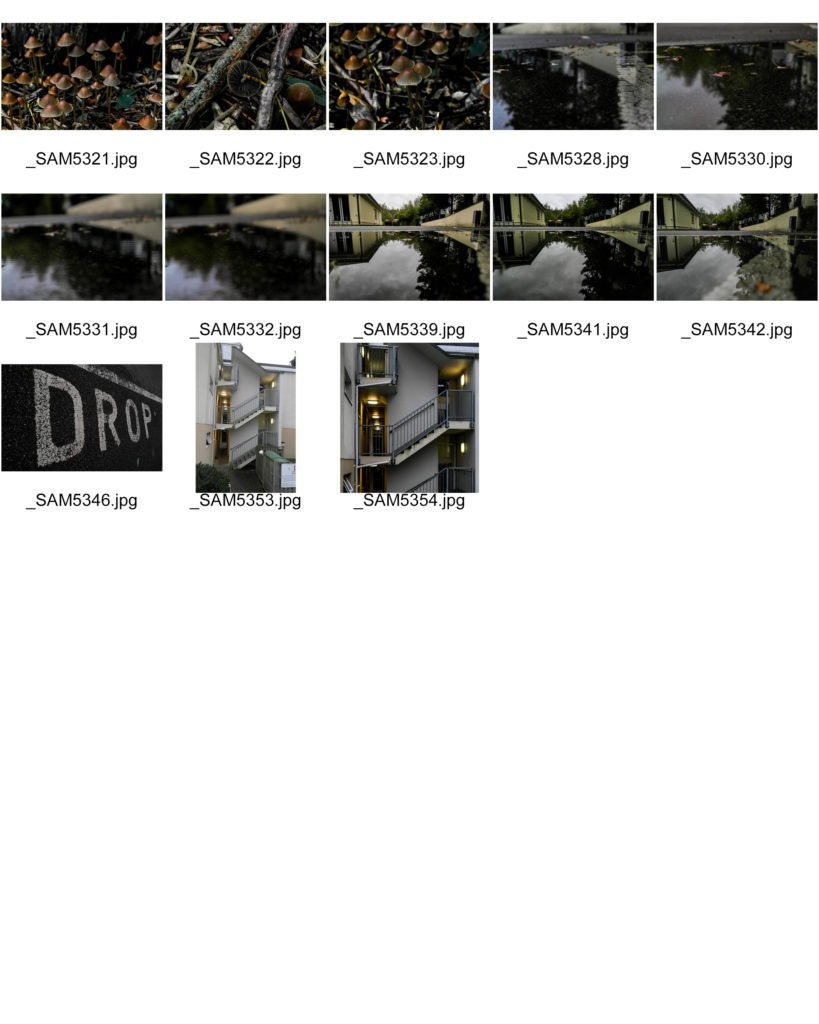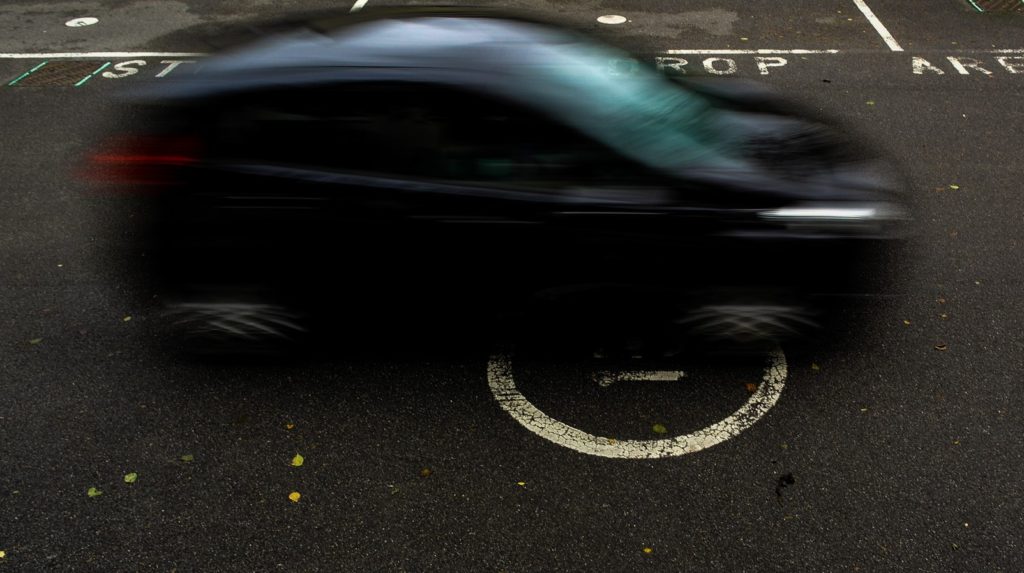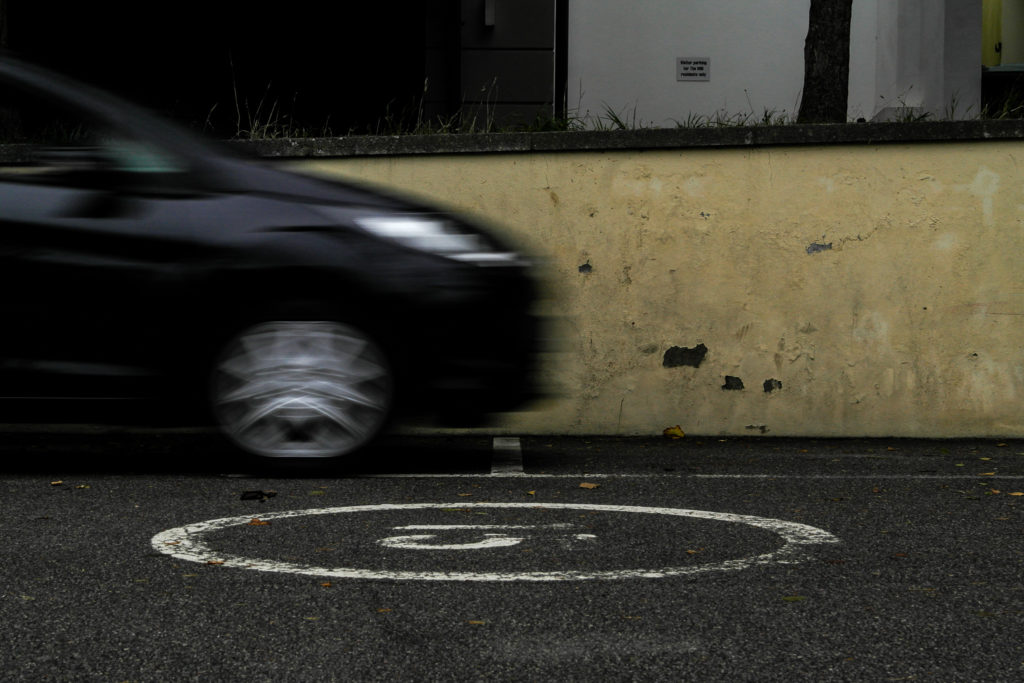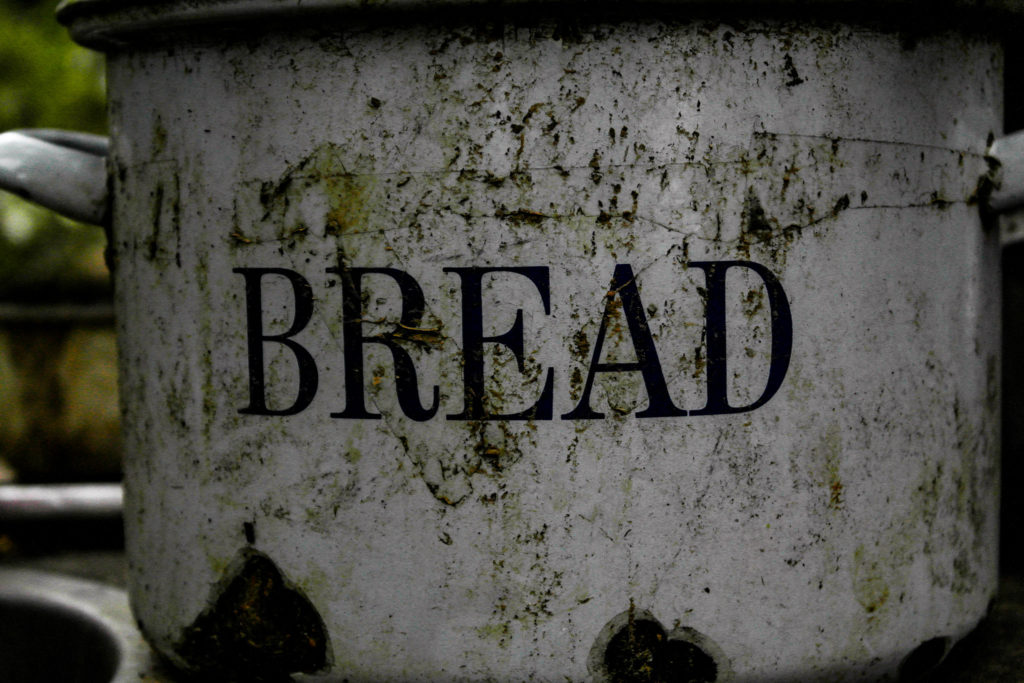Ralph Eugene Meatyard –
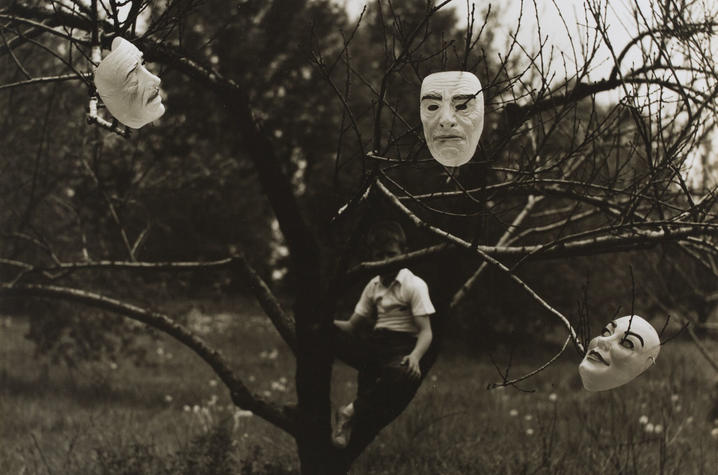
Ralph Eugene Meatyard (1925–1972) lived in Lexington, Kentucky, where he made his living as an optician while creating an impressive and enigmatic body of photographs.
This photographer experiments with the focus on his work. In this image he focused his camera and most likely has used f.2 to focus on the masks and the branches on the trees. The background isn’t in focus and the boy sitting on the tree is slightly blurry. In this photo Ralph might have also changed the exposure as the masks and the boys shirt are much lighter than the tree which makes them stand out right away.
Uta Barth
![no title]', Uta Barth, 1995–7 | Tate](https://www.tate.org.uk/art/images/work/P/P78/P78220_10.jpg)
She is interested in drawing attention to the viewer’s perception and separating the image from the thing depicted. Her images can appear quite abstract, partly through the use of deliberately blurred information. In this film she describes her interest in “light, perception and this visual acuity to the mundane, fleeting, ephemeral, everyday kind of information.”
Regarded for her “empty” images that border on painterly abstraction, the artist carefully renders blurred backgrounds, cropped frames and the natural qualities of light to capture incidental and fleeting moments, those which exist almost exclusively within our periphery. Looking at her work I think she uses f.32 all her work is out of focus. For this image I think she used f.2 as the persons hand is in focus and the main first eye-catching aspect. Even though the background is blurred out you can still make out that it’s people walking across the road or street. This gives an abstract touch to the photo as it makes the viewer try to figure out what they’re looking at and what it may be.
Exploring different aperture settings

When taking photos it’s important to explore and change the aperture settings. Changing the focus helps with capturing what you want to be the main focus of the image. For example, the lower your aperture is (from f/1.8 to f/5.6) the closest objects to you will be in focus or the main subject and they may appear much darker as little light is coming in very fast, whereas if your taking your photos with your aperture on a higher setting (from f/8 to f/32) everything will be in focus or sometimes the whole image may be slightly out of focus and completely white as the lens is letting much more light come in.
Changing your aperture creates different depth of fields and even any movement in your photos may cause a blur. As aperture changes in size, it alters the overall amount of light that reaches your camera sensor and therefore the brightness of your image.
Here’s another example of how the aperture affects the light settings-
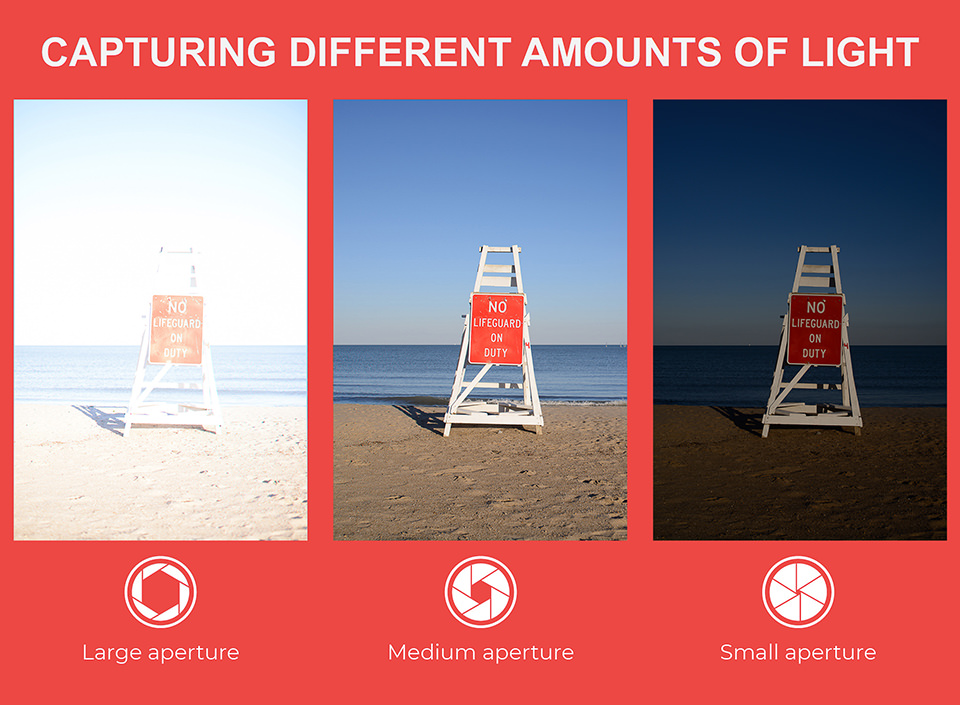
As you can see the smaller your aperture is the less light is captured through the lens making the photo much darker. The larger your aperture is the more light is captured which makes your photo very exposed to light and they appear very bright and almost white.
MY CONTACT SHEETS-



RESPONSE-
ADJUSTING FOCUS-
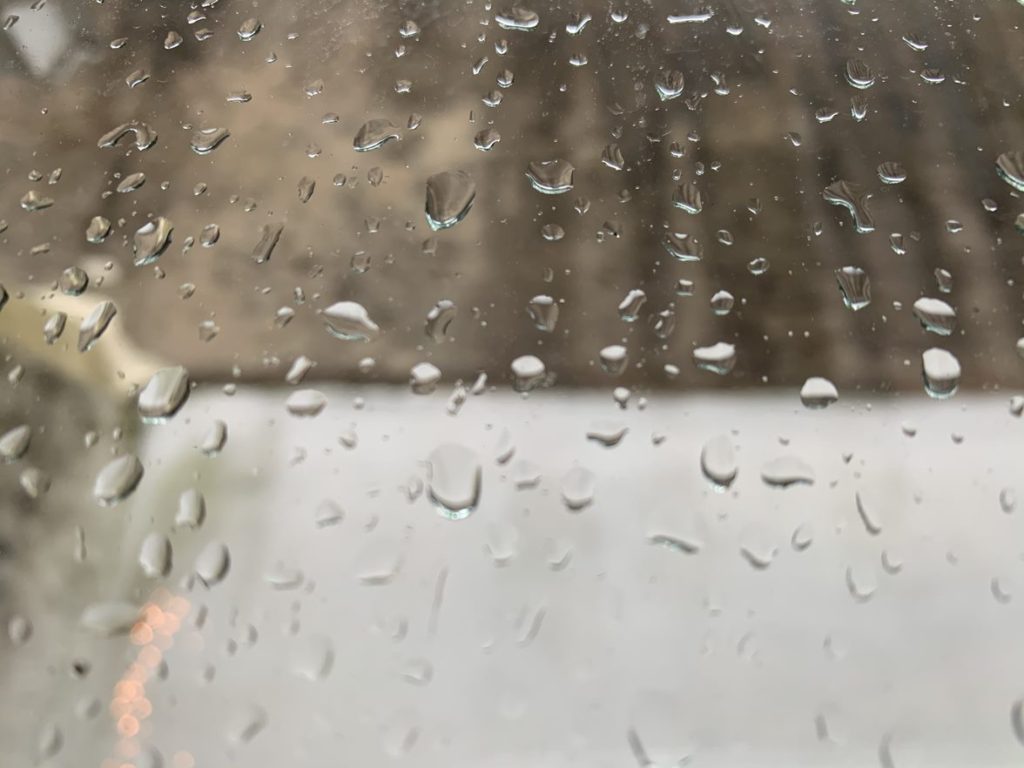
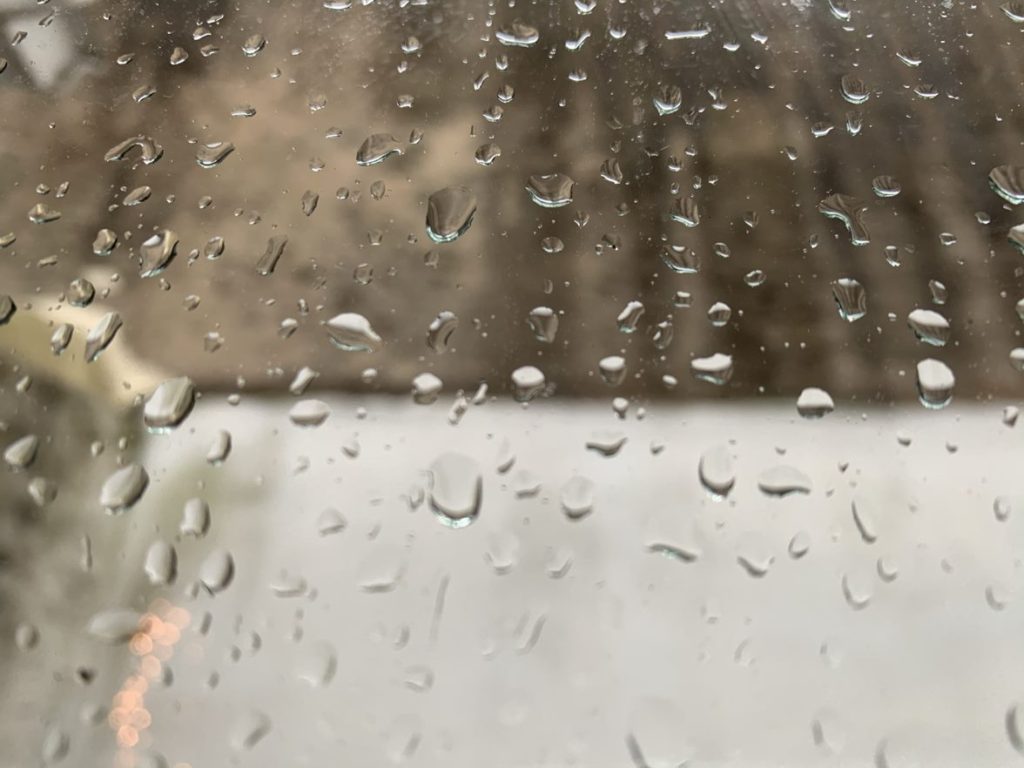
I focused the camera on the raindrops to make the background blurry and out of focus, I did this by using f/2.8 which concentrates on the closest thing/object to the lens.
MINIMALISM- in different aperture
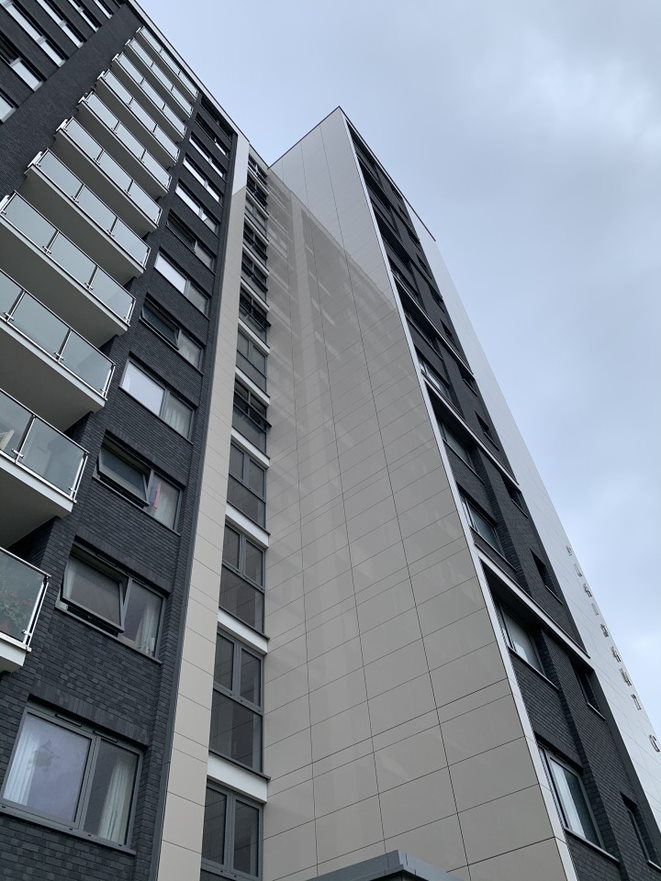


You can see the difference in the lighting of the photos when I changed the aperture settings and the two photos look completely different. I used a small aperture for the first photo and you can straight away see that the photo is much darker and you can see the sky more clearer as it’s bluer. I then used a larger aperture for the second photo and the photograph turned out much lighter and the sky turned out more white than blue as there was more light getting captured. I photographed this from a staircase looking completely upwards.
COLOUR AND CROPPING
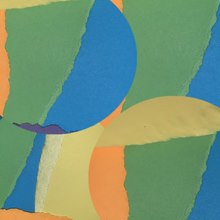
I ripped the different coloured paper into different shapes and then photographed them layered on top of each other as you can see in my contact sheets. I next cropped the image on photoshop into a circle and layered the four different images with each other to create a multicoloured abstract photograph.
APERTURE SETTINGS-
Process- I photographed a rose in different apertures to see how they would look like in different lighting and if the colour would be more enhanced or dull. As you can see when I used a smaller aperture the photo turned out almost black as very little light was coming through and being captured, you can slightly see small tones of red. Compared to when I used a larger aperture the photo was much more bright and the roses were very visible but slightly blurry as I used a slower shutter speed.
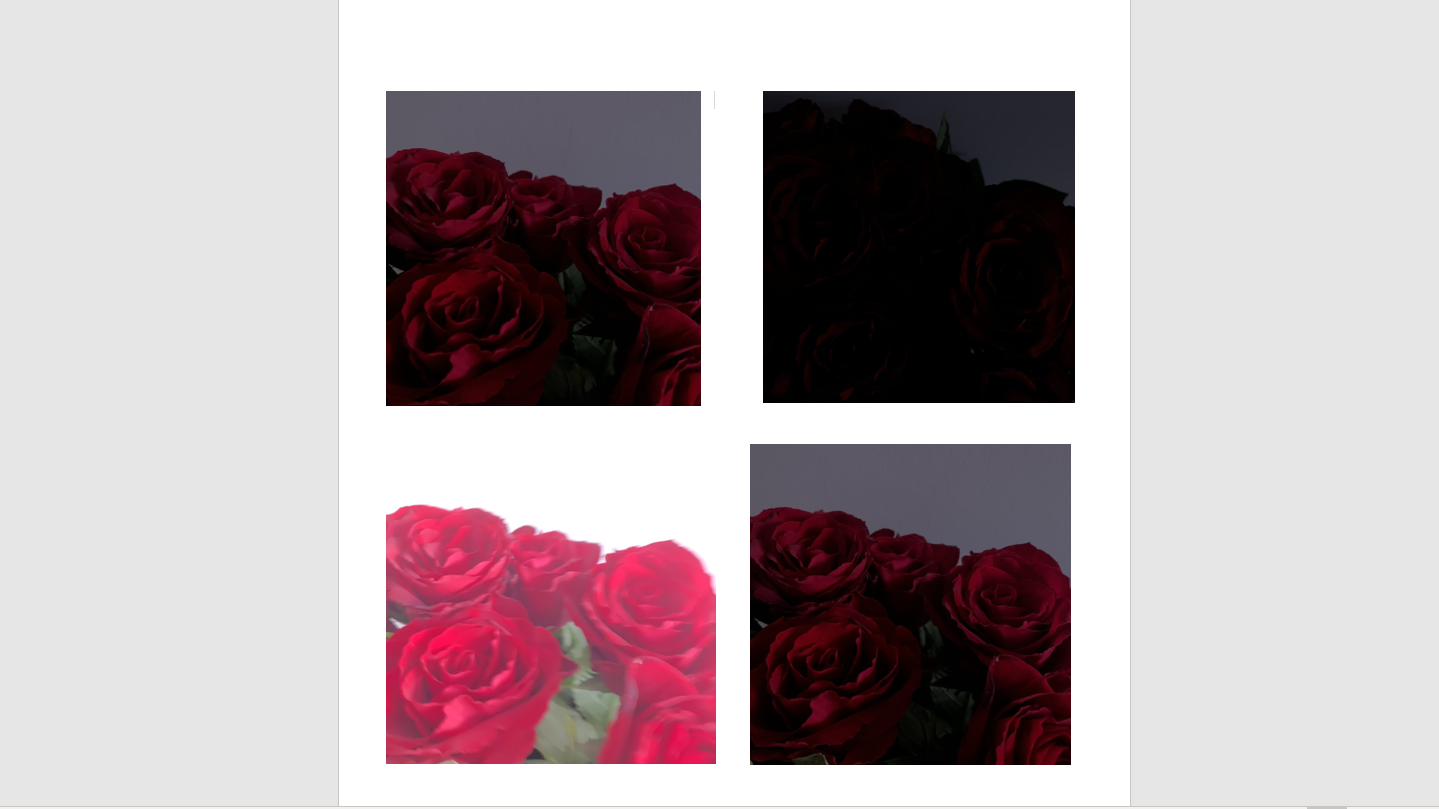
EVALUATION of my work- overall I wanted to explore a few different sectors of abstract photography to see what looks the best in various exposures. I used different aperture settings and found out that it can completely change how your photo looks.

